How to Build Confidence as a Beginner Equestrian
May 17, 2025 | Super Equestrian
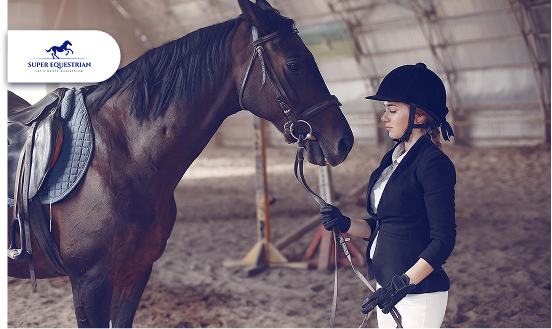
The first time I sat on a horse, my hands were shaking—just a little, but enough that the reins felt slippery. I wasn’t scared of the horse exactly, but I wasn’t sure what I was doing either. Where should my feet go? What if it started trotting? What if I fell?
Most beginners carry a mix of excitement and hesitation. It’s normal to worry about staying balanced, keeping control, or even connecting with the horse. These animals are big, sensitive, and smart—and that can be both amazing and a little intimidating.
This post is for anyone who’s just starting out and wants to feel more sure of themselves in the saddle. We’re not talking about overnight transformation here—just simple, steady steps that build real trust between you and your horse, and help you ride with a little more ease every time.
I) Why Confidence Matters in the Saddle
Horses are super sensitive to how we feel. If we’re nervous, tense, or unsure, they pick up on it—and sometimes react to it. A calm, steady rider helps a horse feel more secure, while an anxious rider can make the horse uneasy, too.
Confidence isn’t about being fearless—it’s about staying calm and focused, even when things don’t go exactly as planned. That’s what helps you make clearer decisions, stay safer, and enjoy the ride more.
74% of beginner riders experience mild to severe anxiety before riding. So if your heart’s racing before you even mount up, you’re definitely not imagining it—and you’re not the only one.
Source: Equine Veterinary Journal
II) Step One: Ground First, Gallop Later
Before you ever swing into the saddle, it helps to spend time with the horse on the ground. Grooming, leading, and just being around them builds trust and helps both of you get used to each other. It’s not just about bonding—it’s about learning how they move, how they react, and how they “talk” through body language.
As animal behaviorist Temple Grandin puts it, “Horses read us better than we read them.” So the more time you spend around them, the more you’ll start picking up on their signals too.
Regular groundwork actually makes communication easier once you’re in the saddle. It’s a quiet way to build understanding—and that goes a long way when you’re ready to ride.
Source: Journal of Equine Science
III) Step Two: Learn With a Horse That Teaches

Not every horse is the right match for someone who’s just starting out. Some are more forgiving, steady on their feet, and used to helping new riders figure things out. These horses know the routine and don’t get rattled easily, which makes learning feel a lot less stressful.
Riders who trained on well-schooled horses had 63% fewer accidents in the early stages. It’s proof that the horse you learn with plays a huge role in how safe—and how supported—you feel.
Source: British Horse Society Safety Review
IV) Step Three: Find the Right Voice in the Arena
A good instructor doesn’t just bark commands—they listen, explain things clearly, and adjust to how you learn. You should feel like you can ask questions, slow things down if needed, and actually understand what’s happening instead of just copying movements.
If a coach talks over you, ignores your concerns, or gets frustrated easily, that’s a sign it might not be the right fit. Riding should feel like a conversation, not a lecture.
Students who worked with patient instructors had 40% better retention of basic riding skills after just eight weeks. So when someone teaches with encouragement instead of pressure, it sticks.
Source: Horse & Rider Magazine Training Report
V) Step Four: Celebrate the Small Wins
Progress in riding doesn’t have to be big or flashy. Maybe today you mounted without second-guessing yourself. Maybe your trot felt more balanced than last time. Those moments matter—and they add up.
Setting small goals, like trotting a full circle or getting your horse to halt right when you ask, gives you something clear to work toward. It’s satisfying, and it keeps things moving forward.
Writing down what went well after each ride can really help, too.
A simple notebook works fine, or if you’re into apps, Ridely and Equilab make it easy to log your rides and track progress over time. Looking back and seeing how far you’ve come? That’s motivation right there.
VI) Step Five: Confidence Comes From Repetition, Not Perfection
The more time you spend in the saddle, the more natural things start to feel. It’s not about riding perfectly every time—it’s about showing up, getting familiar with the motions, and letting your body learn what to do.
When you ride regularly, things like balance, timing, and posture slowly become second nature. You stop overthinking every little move because your body just gets it.
Riders who trained three or more times a week saw a 57% improvement in balance over just six weeks. That kind of progress comes from sticking with it, not rushing it.
Source: International Journal of Sports Science and Coaching
VII) Step Six: Falling Isn’t Failing

Every rider takes a tumble at some point. It’s not a sign you’re doing something wrong—it’s just part of learning. Falling off or making mistakes doesn’t mean you’re not cut out for riding. It means you’re in it, figuring things out, just like everyone else.
Even top riders have had their shaky starts. Charlotte Dujardin, now one of the most decorated dressage riders in the world, had moments early on where things didn’t go smoothly. She stuck with it—and that’s what made the difference.
After a fall, take a moment. Catch your breath. Talk it through with someone you trust. Sometimes, just getting back to something simple, like walking the horse or grooming, helps settle the nerves. Give yourself permission to regroup. It’s not about bouncing back instantly. It’s about choosing to keep going, one ride at a time.
Have a look at the posts below to know more about the equestrian world:
- Best Barrel Racing Reins - Top Six Choices for Your Horse's Healthy Skin and Coats!
- Top Horse-Friendly Travel Destinations Around the World
VIII) Step Seven: Find Your Herd
Riding doesn’t have to be a solo journey. Whether it’s joining a riding group, chatting on online forums, or attending clinics, being around other riders can make a big difference. They get it—they understand the ups and downs, and they can offer advice, encouragement, and a good laugh when things don’t go quite right. It’s comforting to know that everyone faces challenges, and it’s normal to feel unsure at times.
Being part of a community doesn’t just help you feel more confident in the moment—it also gives you a support system to turn to when you hit a rough patch. Having friends who’ve been through the same experiences means you can learn from their mistakes and successes. Whether it’s through shared tips, stories, or just someone to talk to, a solid riding community can help keep you motivated and connected to your passion.
Equestrians with peer support are much more likely to keep riding even when things get tough. When you know you have a group that understands, it’s easier to bounce back from setbacks and keep pushing forward. Having that support makes all the difference in staying in the saddle long term.
Source: Pony Club Survey
IX) Wrapping up: Ride On, Even When You Tremble
Ride On, Even When You Tremble
Remember, confidence isn’t something you just “get” and then it’s done. It’s something you build little by little, ride by ride. Some days will feel easier than others, and that’s okay. The important thing is showing up, sticking with it, and letting the process unfold.
So, don’t be afraid to ride on—even when you’re feeling nervous. Every ride is a step forward, no matter how small. And hey, we’ve all been there. If you have a story from your first ride or any questions about getting started, drop them in the comments. We’d love to hear from you!
If you think this could help someone else, feel free to share it with them. Let’s keep the conversation going and support each other on this riding journey.
Recent Blogs
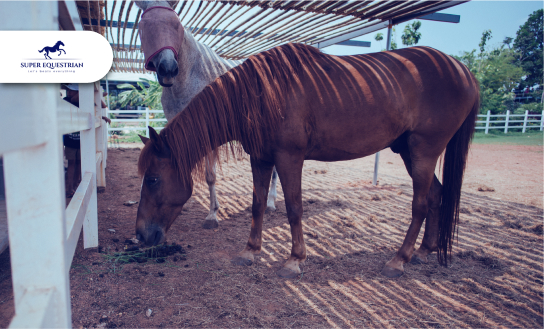
Common Equine Diseases and How ...
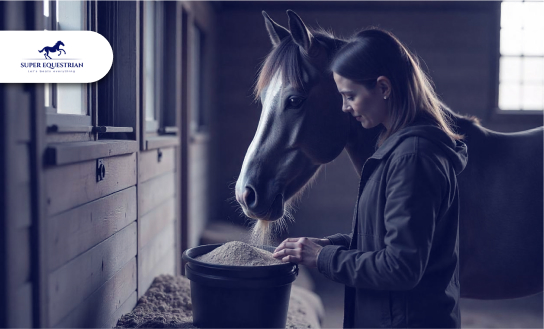
Equine Health Supplements: What Every ...
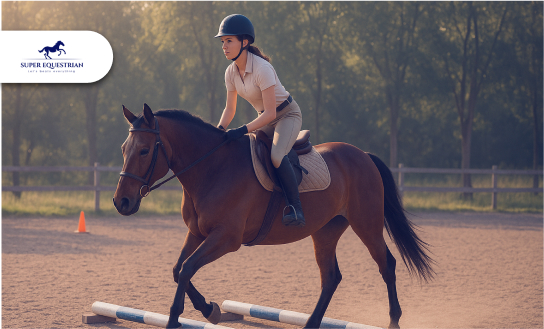
Jumping Basics: How to Prepare ...
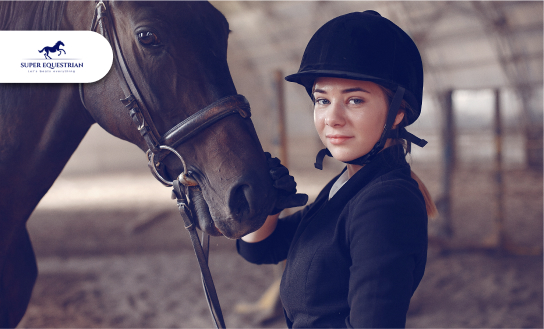
Essential Horse Riding Gear for ...
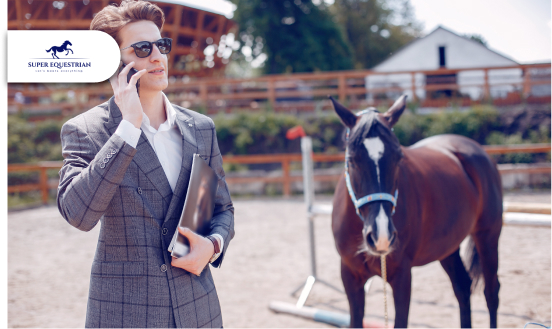
How to Balance Work, Life, ...

How to Balance Work, Life, ...
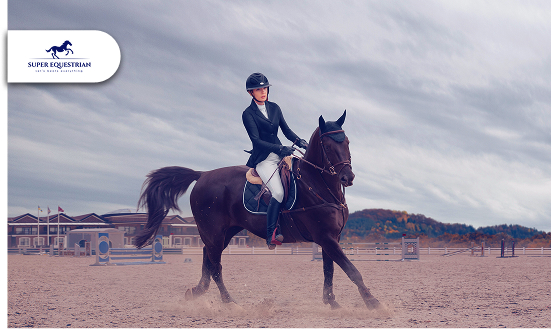
Top 5 Exercises to Improve ...

How to Build Confidence as ...
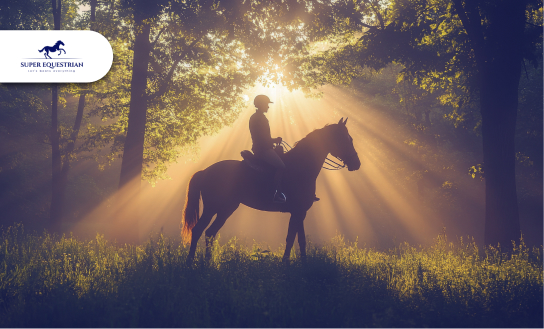
Spotlight on Equestrian Legends: Riders ...
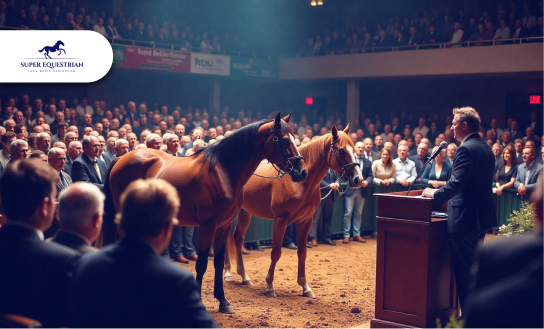
Horse Auctions and Sales...

Top Horse Friendly Travel Destinations ...

How to Build Stronger Bonds ...

Upcoming Horse Shows and Competitions ...
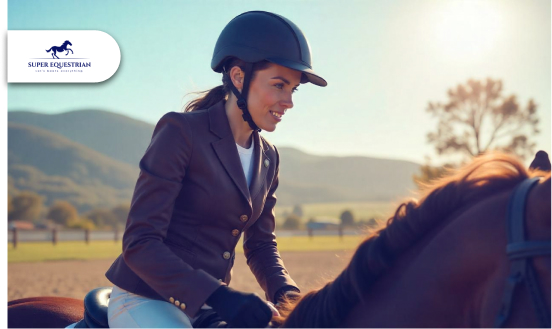
MIPS Equestrian Helmet The Future ...
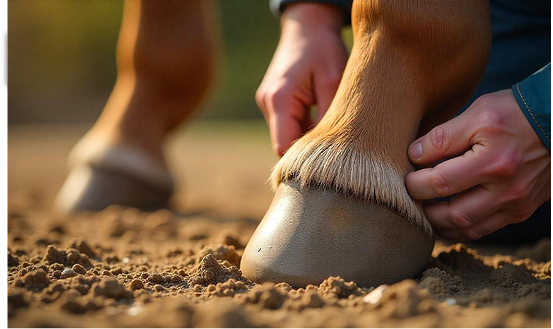
How to Recognize and Treat ...
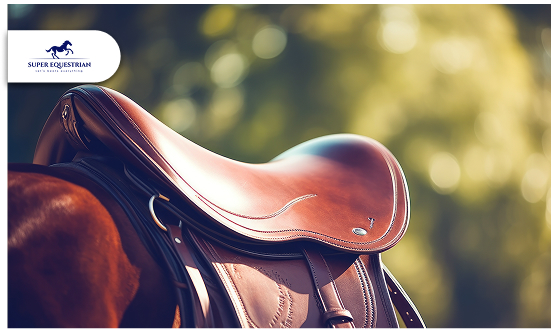
How to Choose the Perfect ...
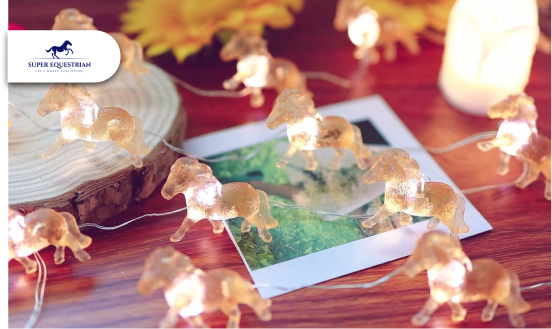
Horse-Themed Gifts Unique Ideas ...
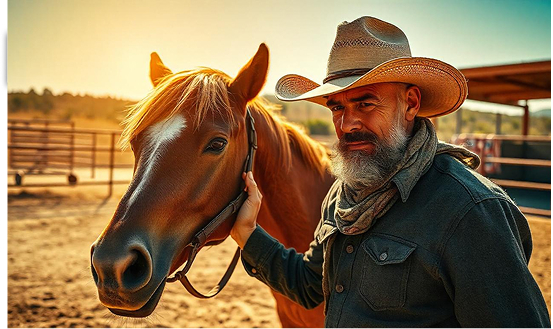
Horse Training Techniques: Creating A ...
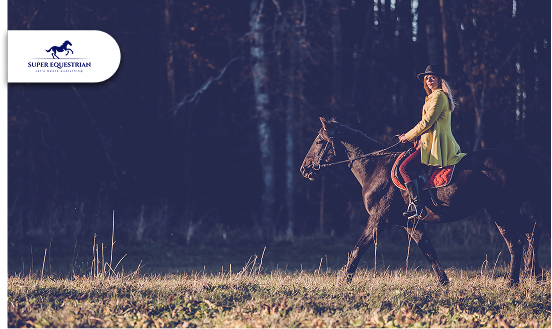
Horseback Riding Lessons – Everything You ...
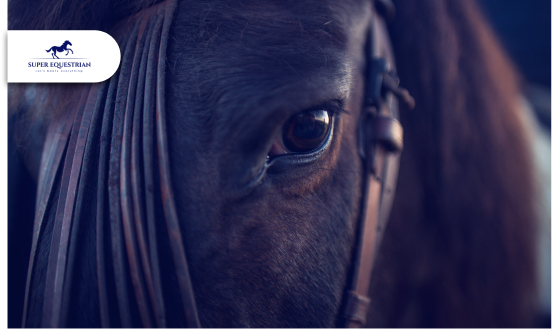
Horse Photography Tips: Learn the ...
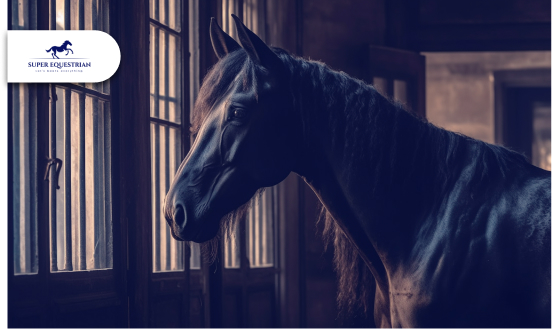
Horse Stable Management: The Quiet ...
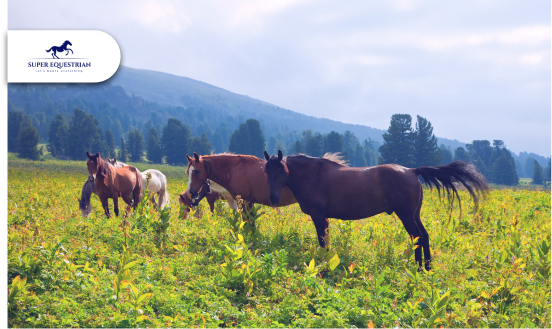
Horse Rescue Organizations: A Profound ...
Horse Racing Events A Look ...
Best Horse Manure Fork Six ...
What Are The Rarest Horses ...
What Does It Mean When ...
Horse Insurance Providers This Is ...

Horse Behaviour and Psychology: Learn ...

How Much Does a Horse ...
.jpg)
Best Monoflap Saddles For Your ...
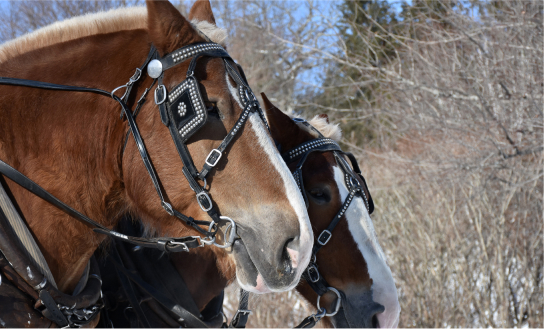
Best Hackamore For Barrel Racing...
.jpg)
Best Barrel Racing Reins Top ...
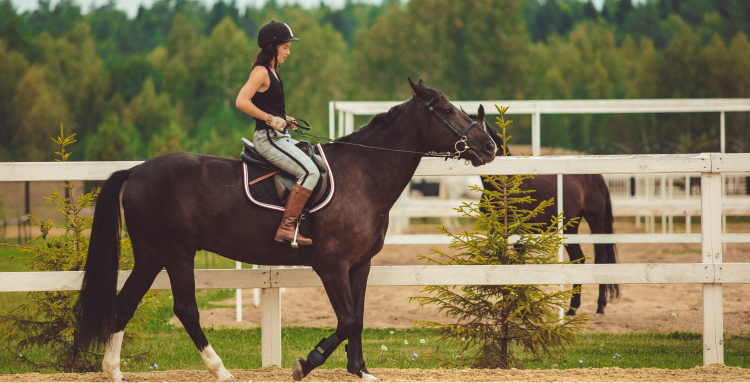
Horse Anatomy And Physiology: Facts ...
.jpg)
Best Stirrups For Ankle Pain - ...
.jpg)
Horse Care Tips and Tricks: ...
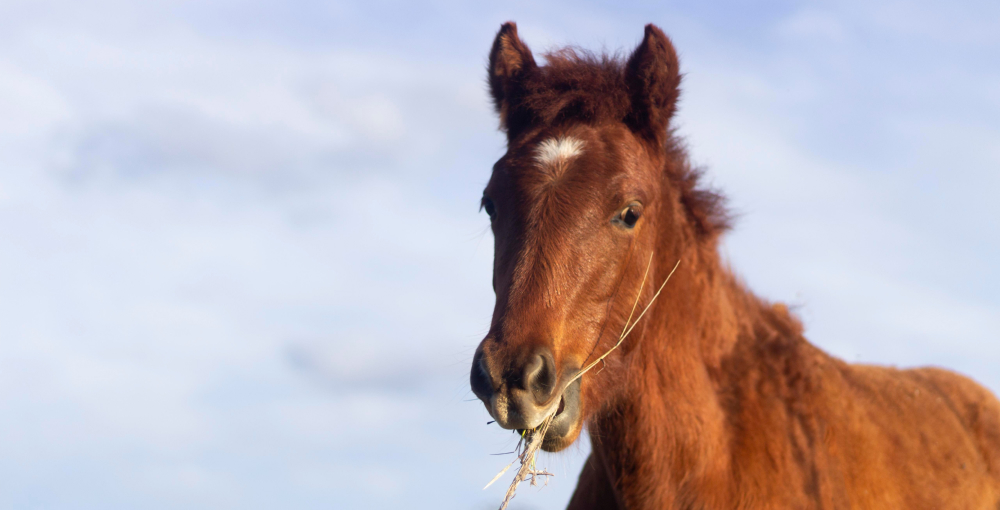
What Do Wild Horses Eat- ...
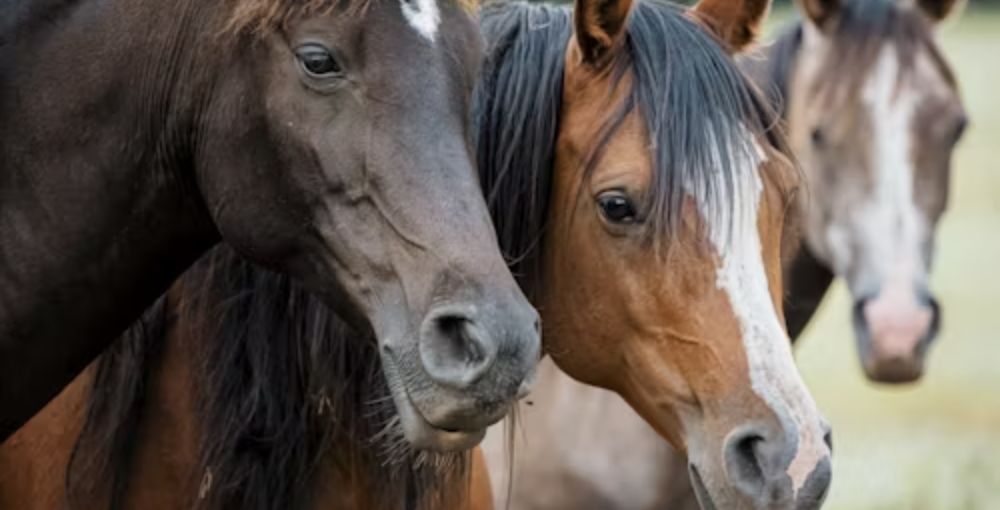
Horse Breeds and Characteristics: How ...
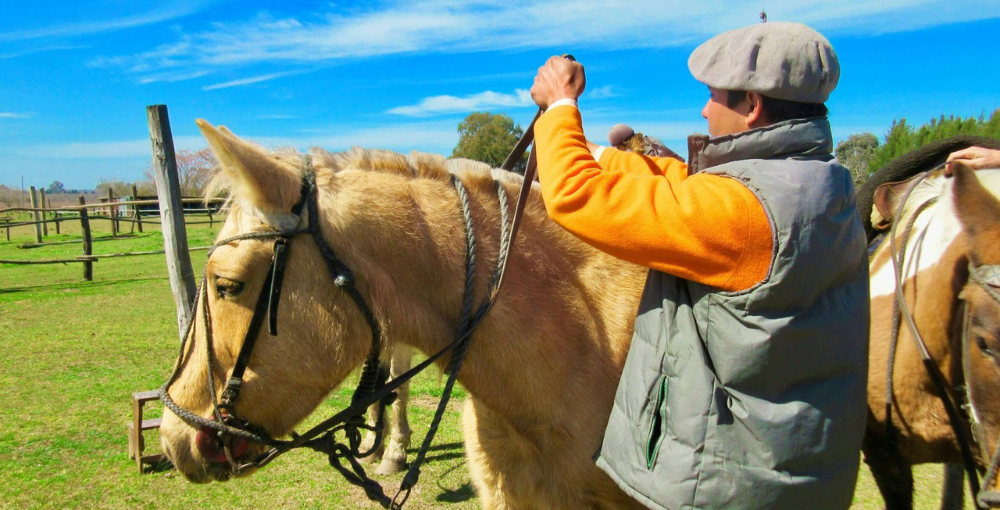
Best Barrel Racing Reins - Top ...

Horse Breeds and Characteristics: How ...
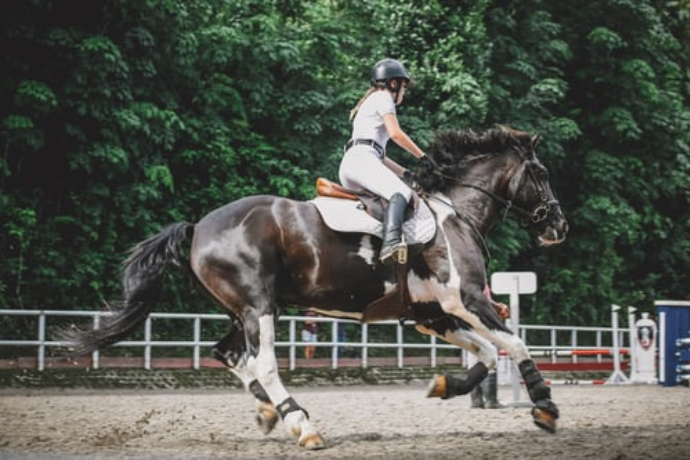
Best Breeches For Curvy Riders...
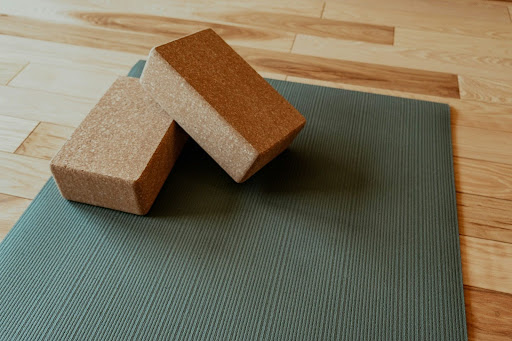
Best Stall Mats For Horses - ...

Best Horse Brushes ( A Thread ...

Best Saddle Rack ( Keep Your ...

Best Bit For Training a ...
.jpg)
10 Morgan Horse Show Held ...
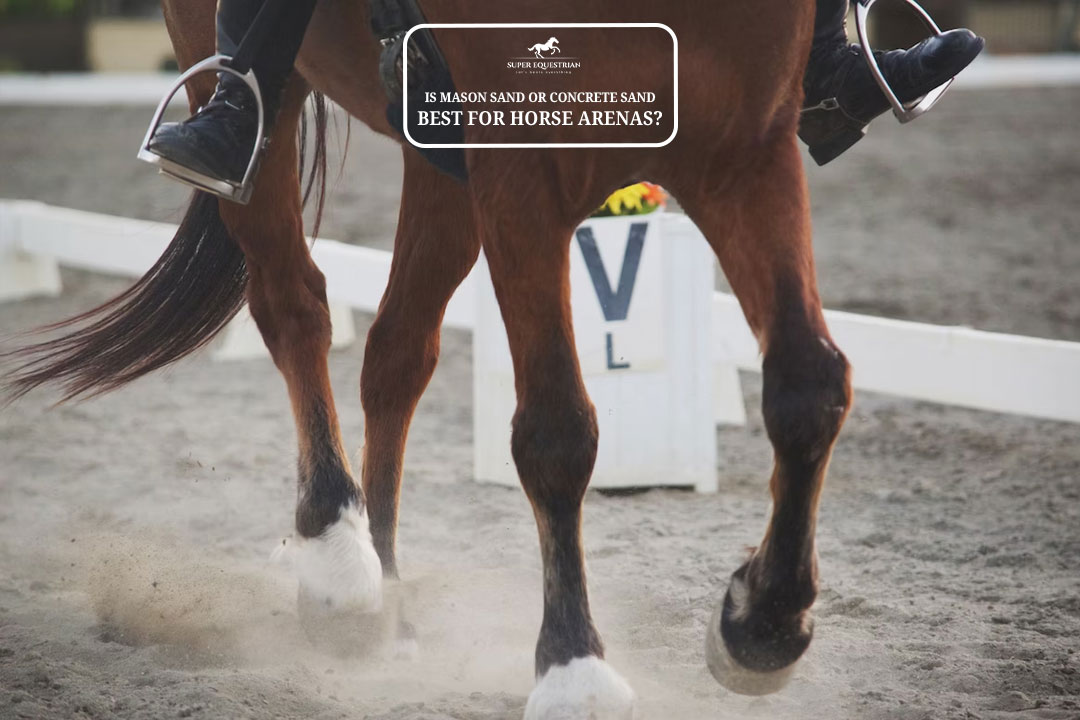
Is Mason Sand Or Concrete ...
.jpg)
Best Girth For Your Horse ...
.jpg)
Ranch Cutter vs Cowhorse Saddle? ...
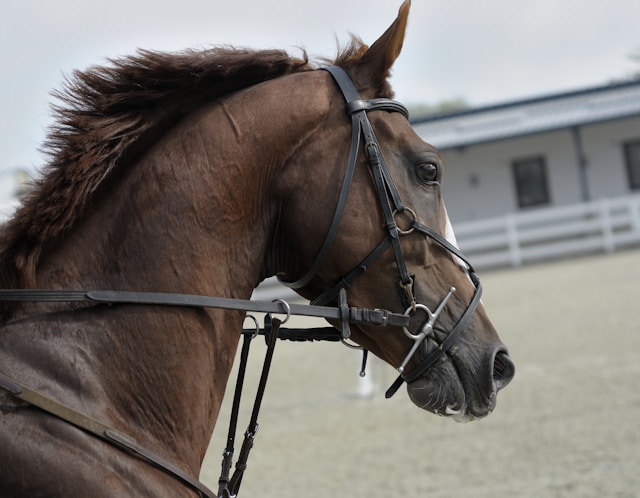
Types of Horse Bit and ...
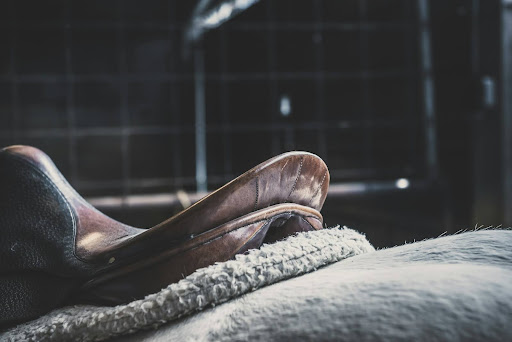
Is Hilason a Good Saddle ...
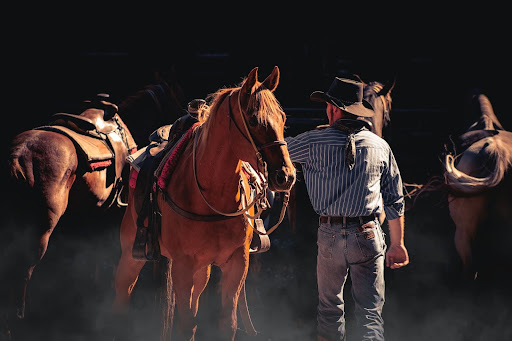
How to choose a bit ...
.jpg)
Best Salt Blocks For Horses...
.jpg)
Types of Horse Brushes (Equine ...
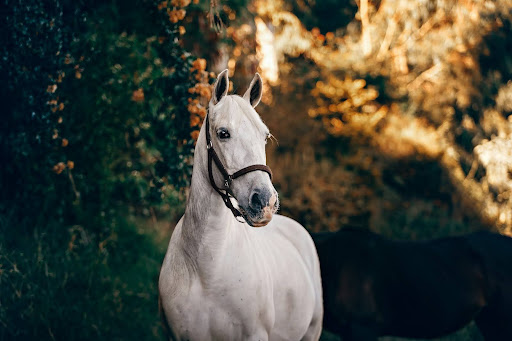
How To Get a Horse ...
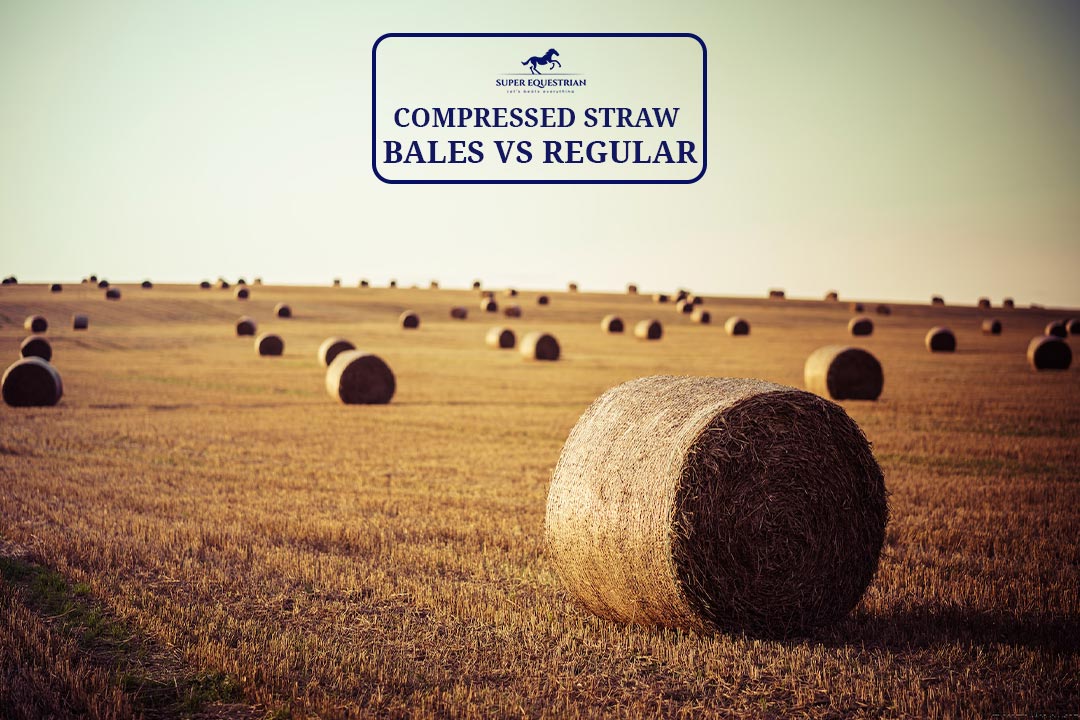
Compressed Straw Bales Vs Regular? ...
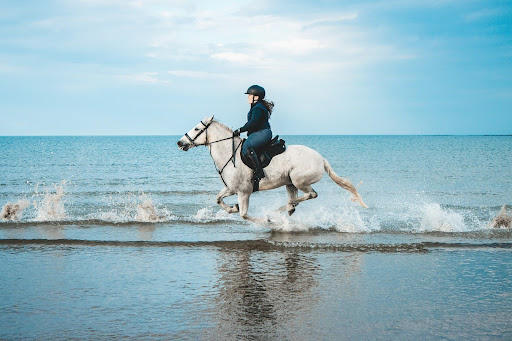
Horse Riding Lessons For Intermediate ...
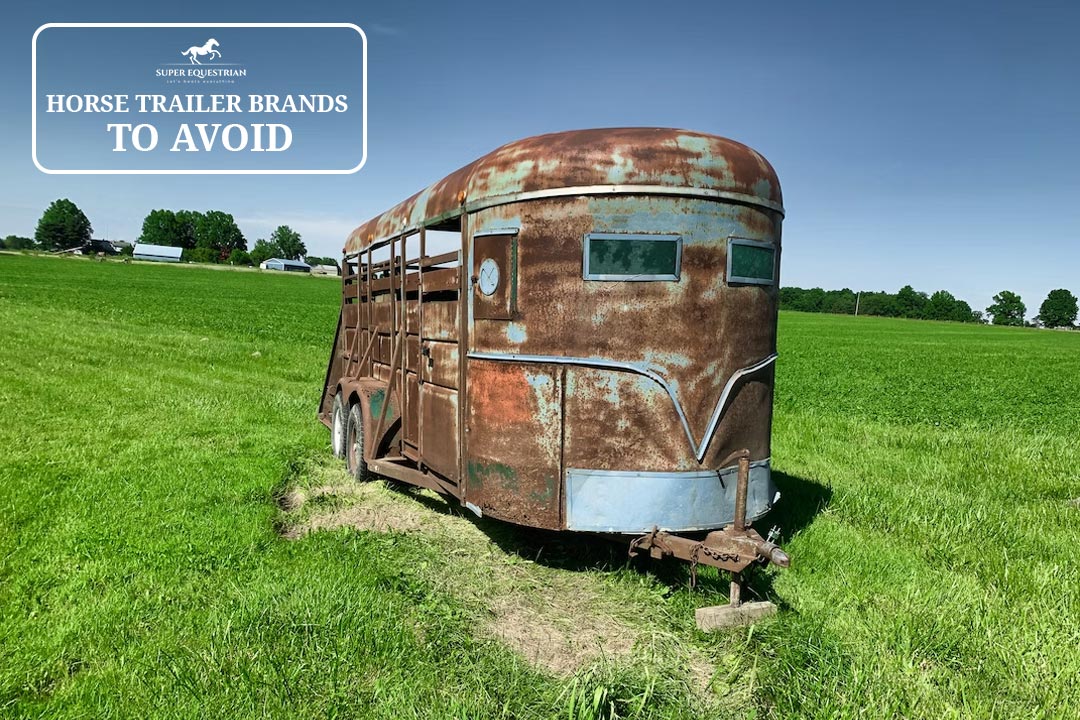
Horse Trailer Brands To Avoid...

Strawberry Roan vs Red Roan? ...
.jpg)
Gelding vs Stallion...
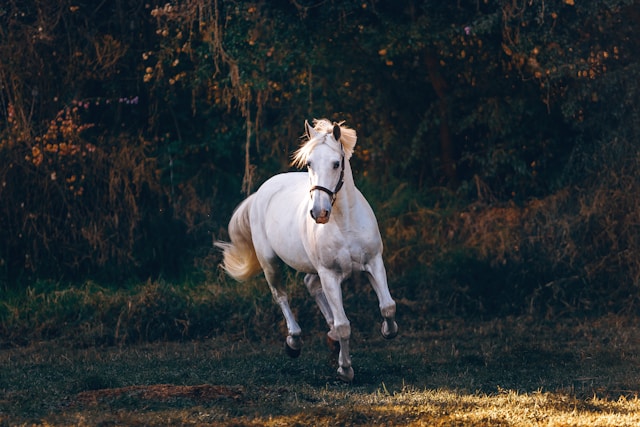
Why Does a Horse Whinny? ...

How to Clean a Rusty ...
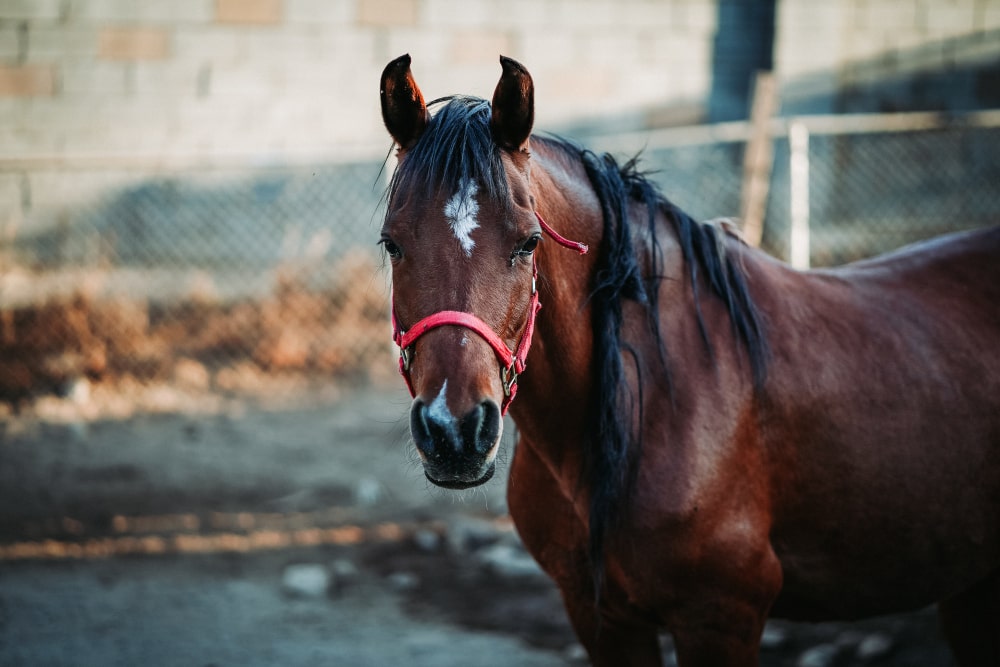
Why Do Horses Foam at ...
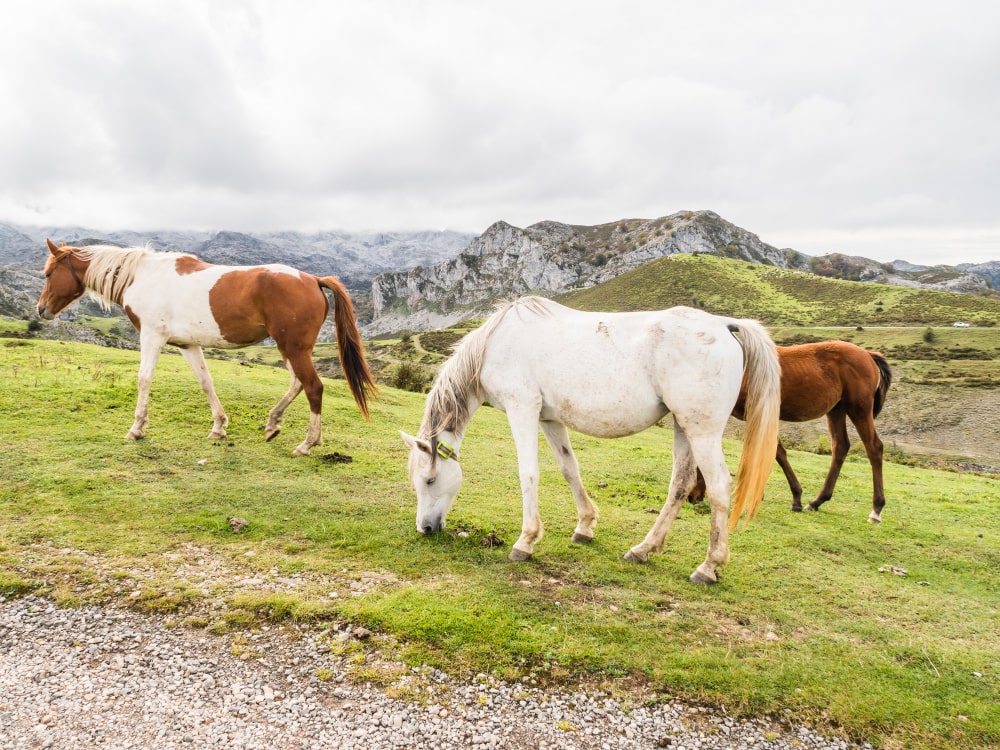
Why Do Horses Bob Their ...

Nutrition Unveiled: Triple Crown Senior ...
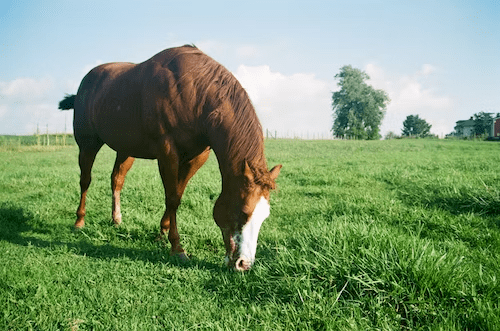
Pasture Pro Vs. Grazon: Horse-...
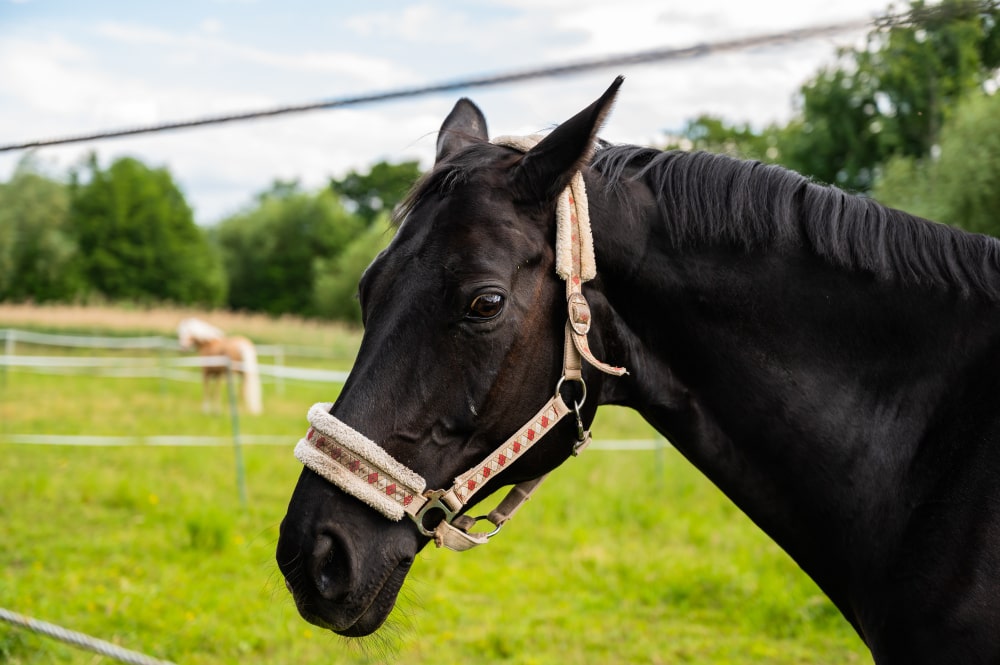
Dutch Gag Vs. Pelham: Bits ...
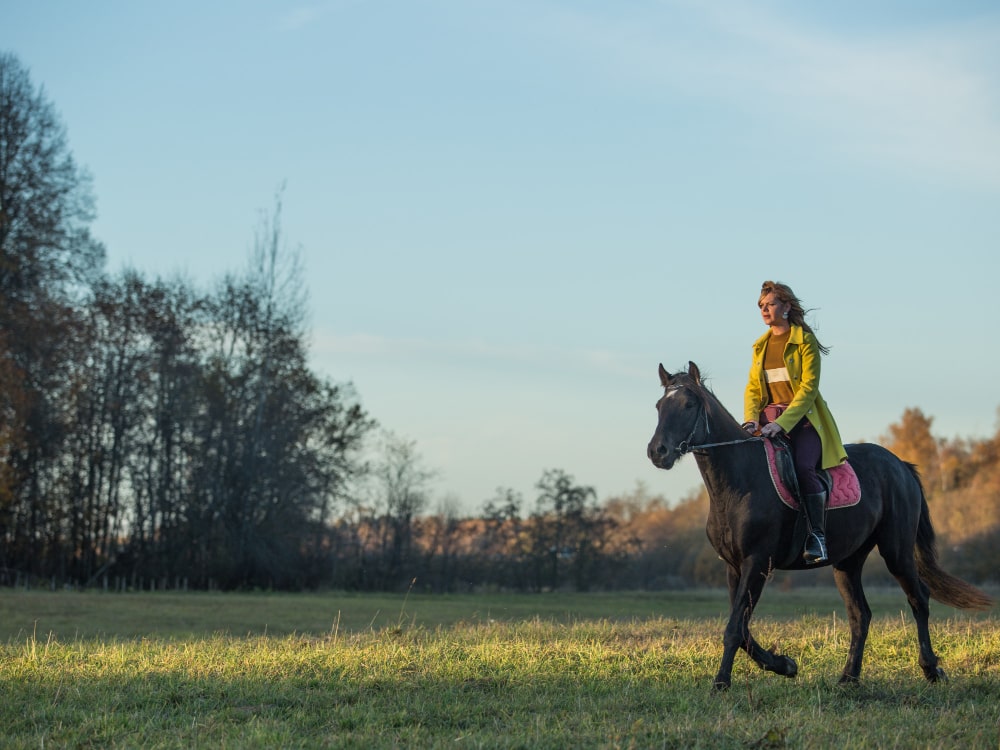
Walking Horse vs Racking Horse: ...
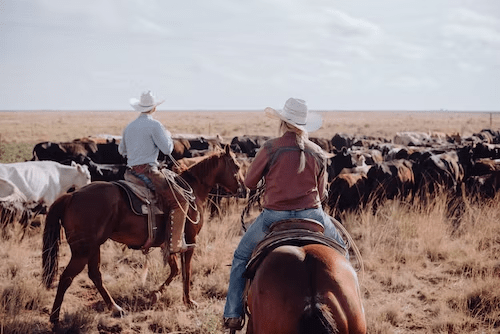
Wade vs Association Saddle: Your ...
.jpg)
Step Up vs Ramp Horse ...

Bosal vs Hackamore: A Head-...
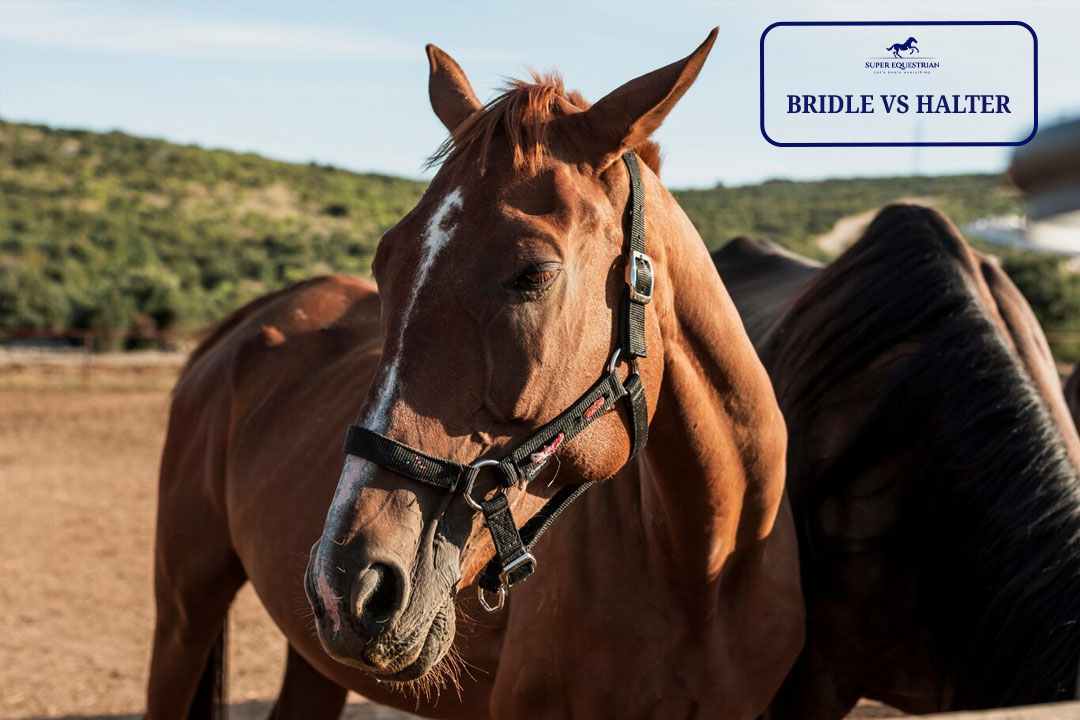
Bridle Vs Halter: Which One ...

Paddock Boots Vs Riding Boots: ...

Shadow Horse Trailer Problems: Causes, ...
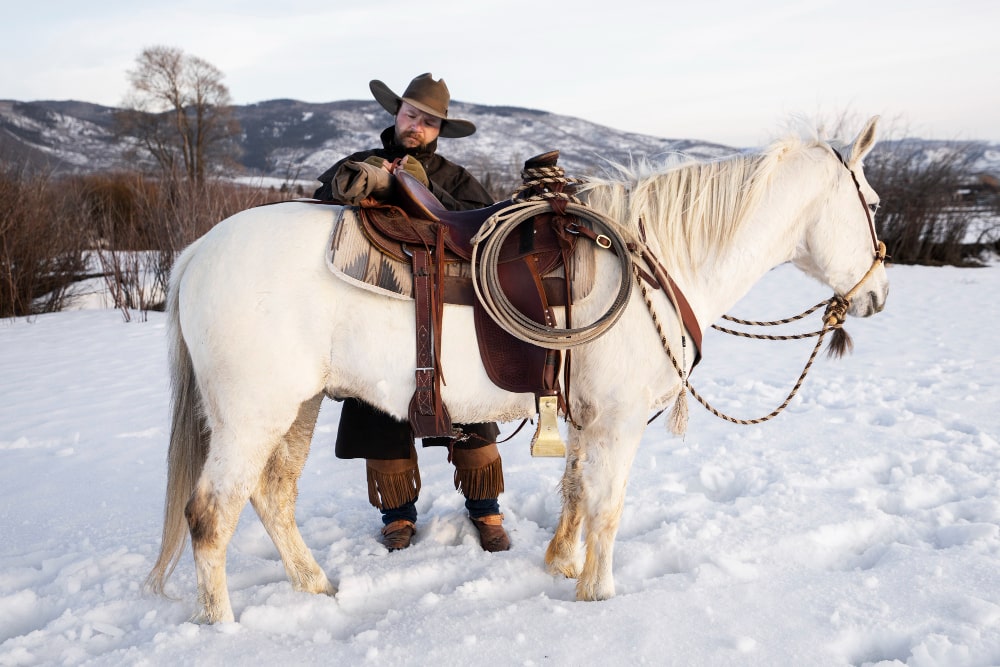
Are Billy Cook Saddles Good - ...

Let's Start at the ...
Benefits of Beet Pulp for ...
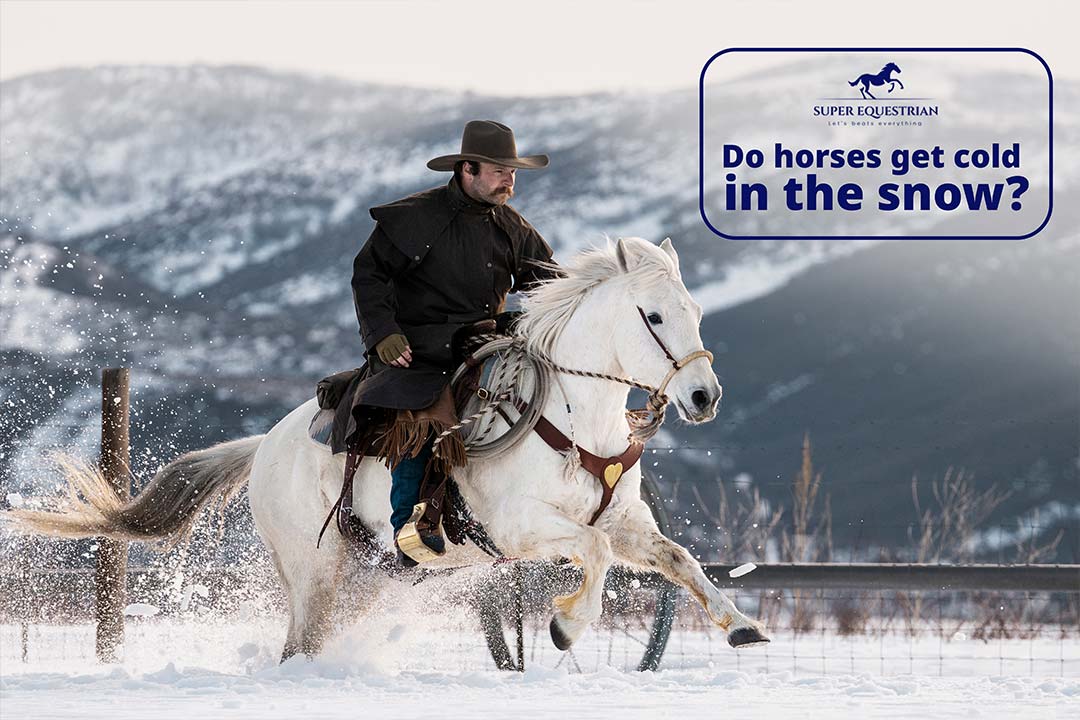
Do horses get cold in ...
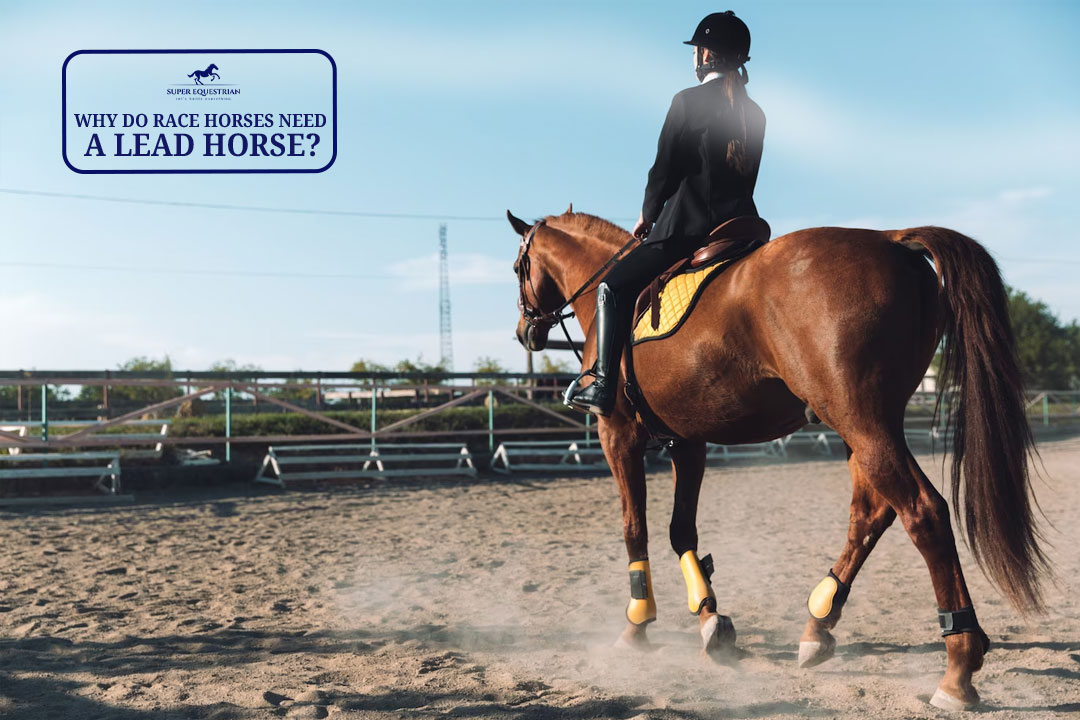
Why Do Race Horses Need ...
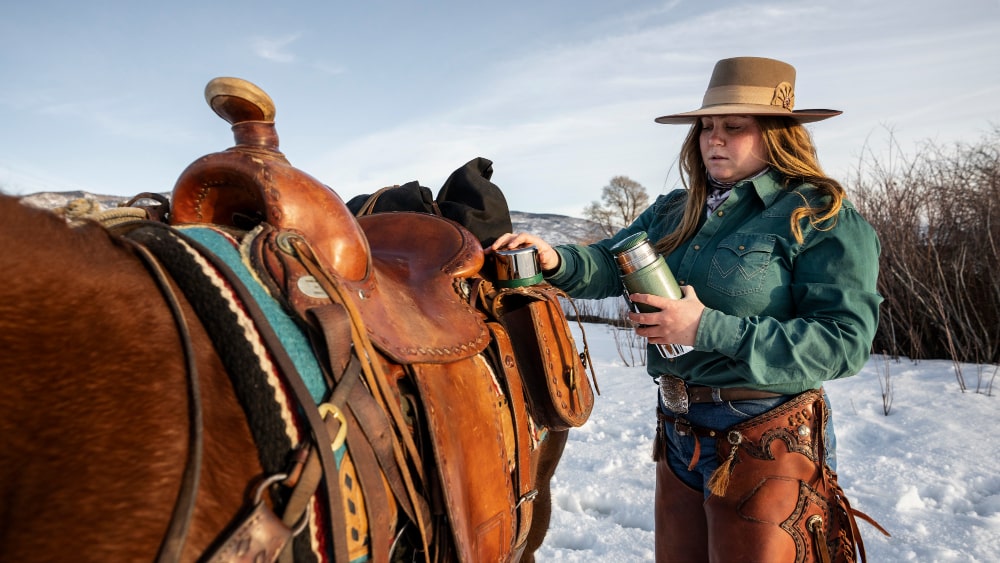
Ranch Saddle vs. Roping Saddle: ...

Round Pen vs Square Pen ...

Must Have Horse Trailer Accessories: ...
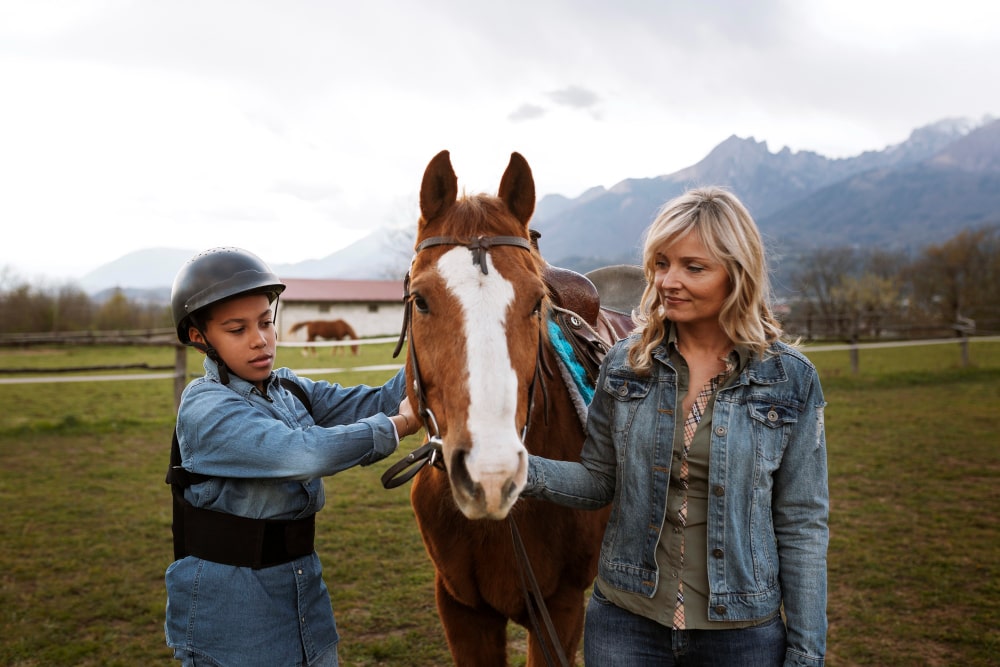
Is MIPS Worth for Equestrian?...
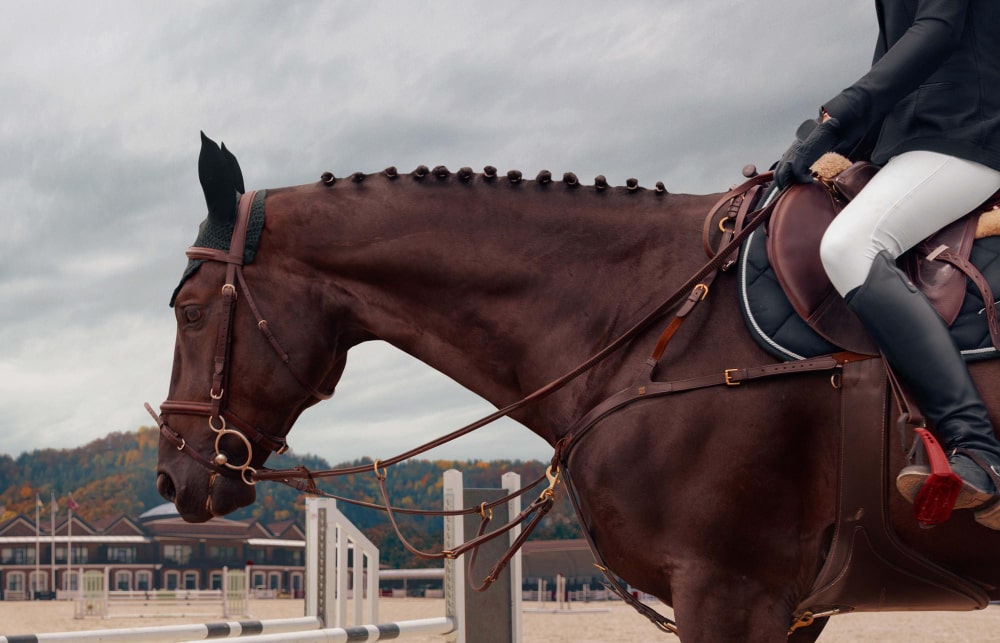
Natural Horsemanship vs Positive Reinforcement: ...

How to Mount a Horse ...
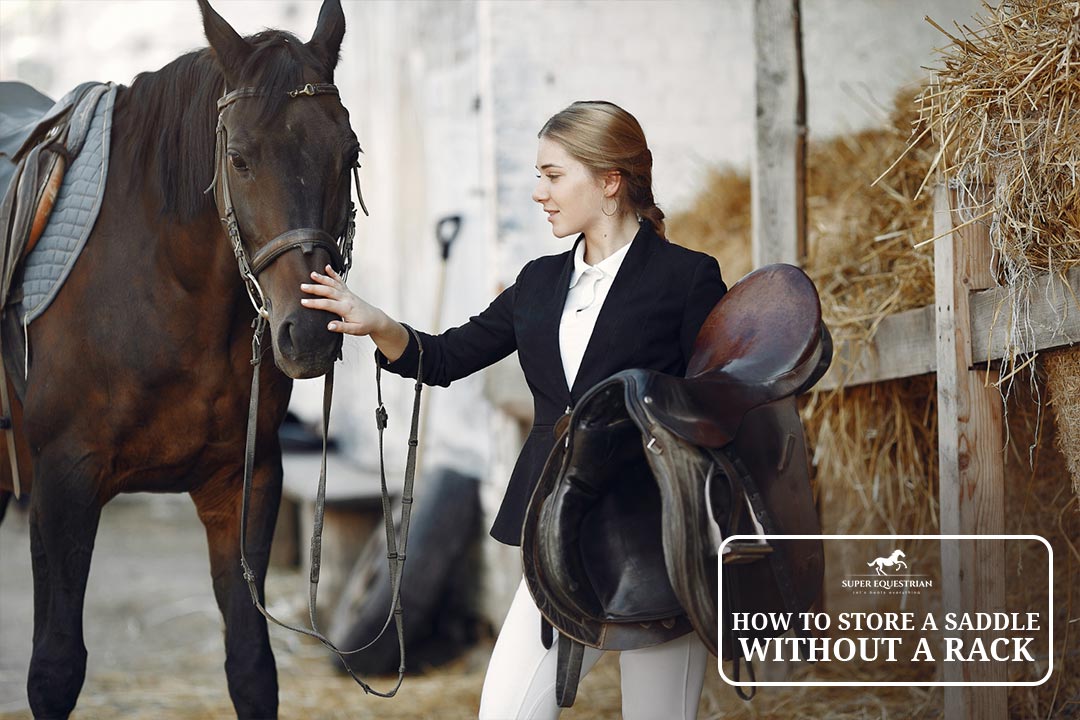
How to Store a Saddle ...
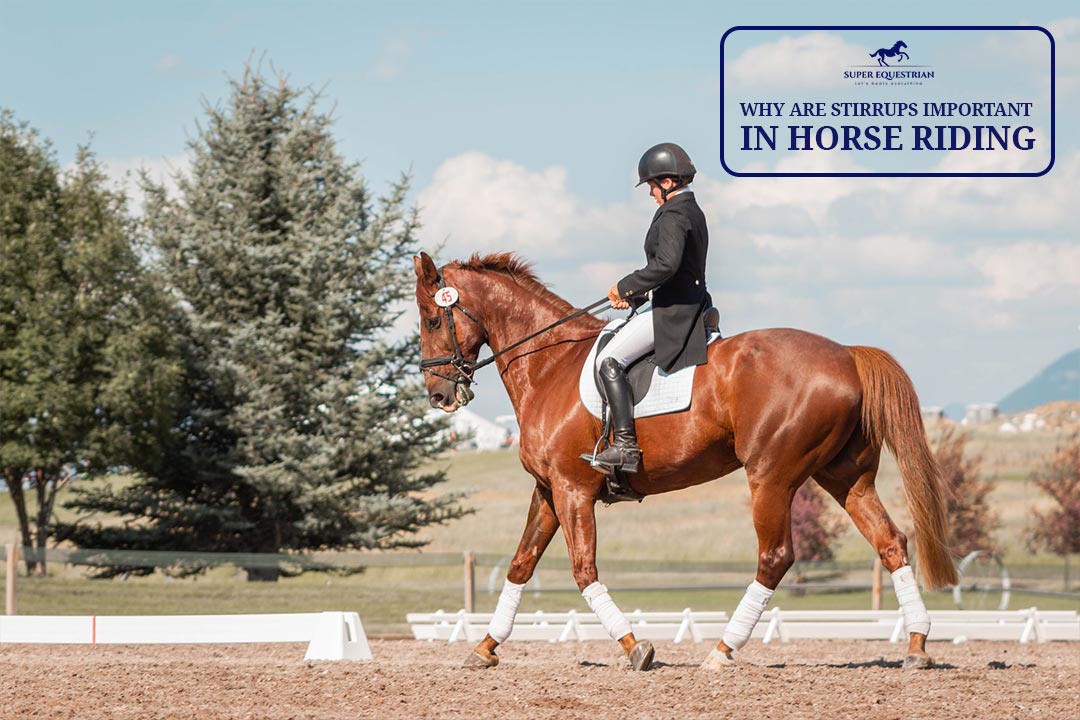
Why are Stirrups Important in ...
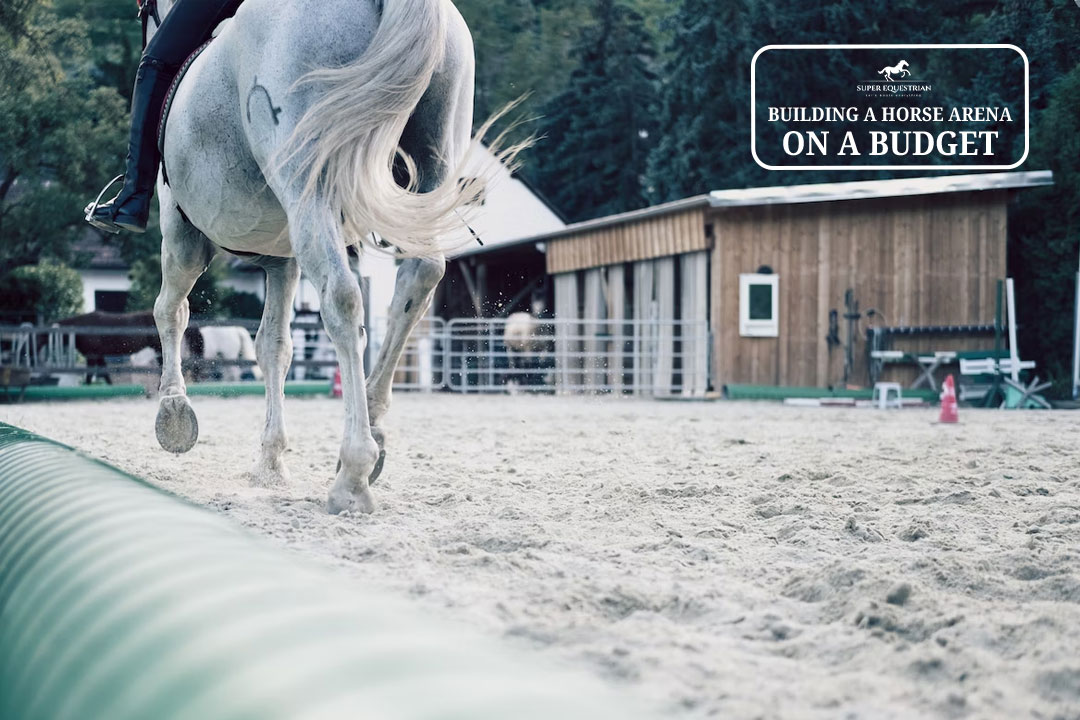
Building a Horse Arena on ...

How to Make Horse Treats ...

Order of Grooming a Horse...

Horse Riding Lessons Plan: The ...

Horse Trailer Roof Replacement and ...
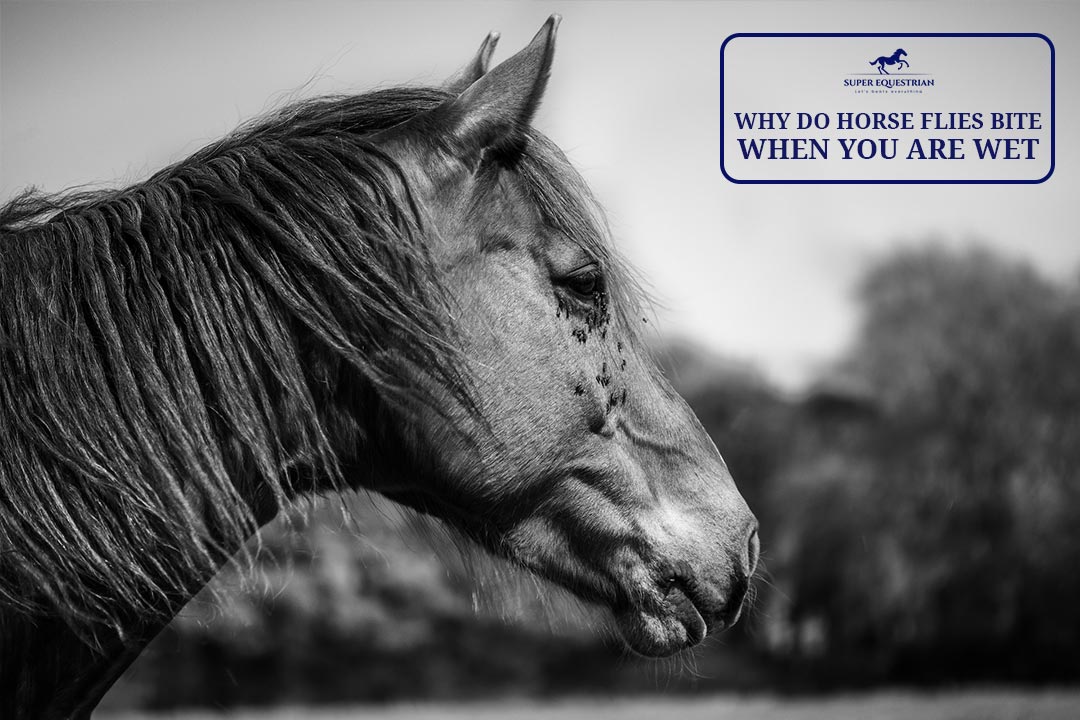
Why Do Horse Flies Bite ...
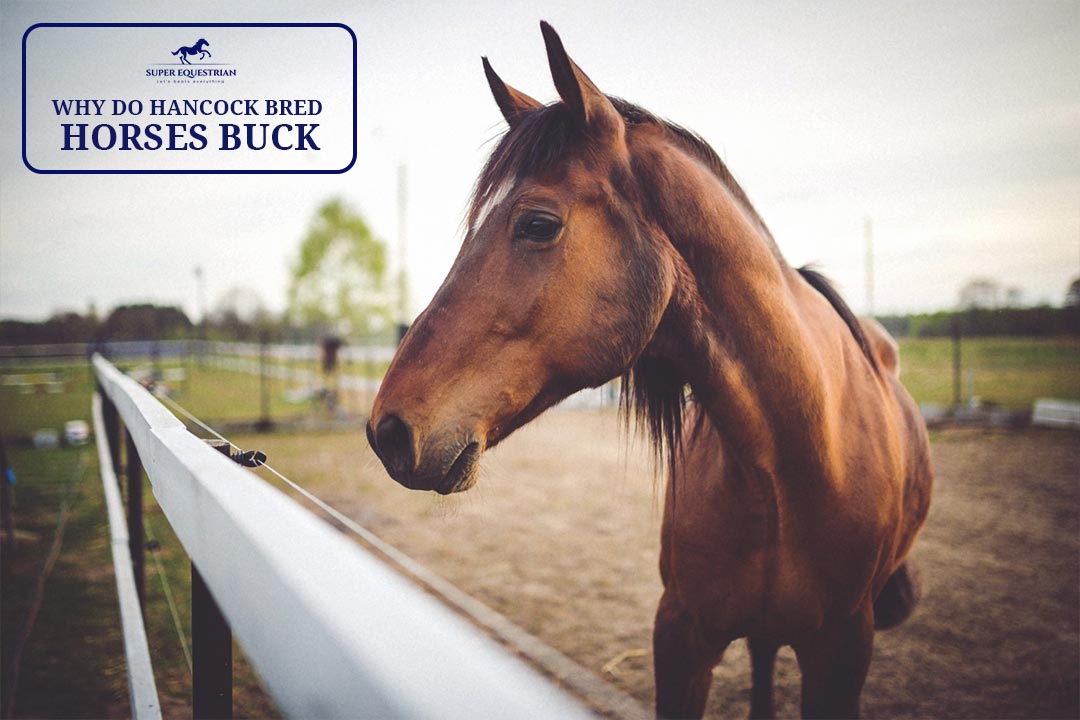
Why Do Hancock Bred Horses ...

Quarter Horse Bloodlines to Avoid...
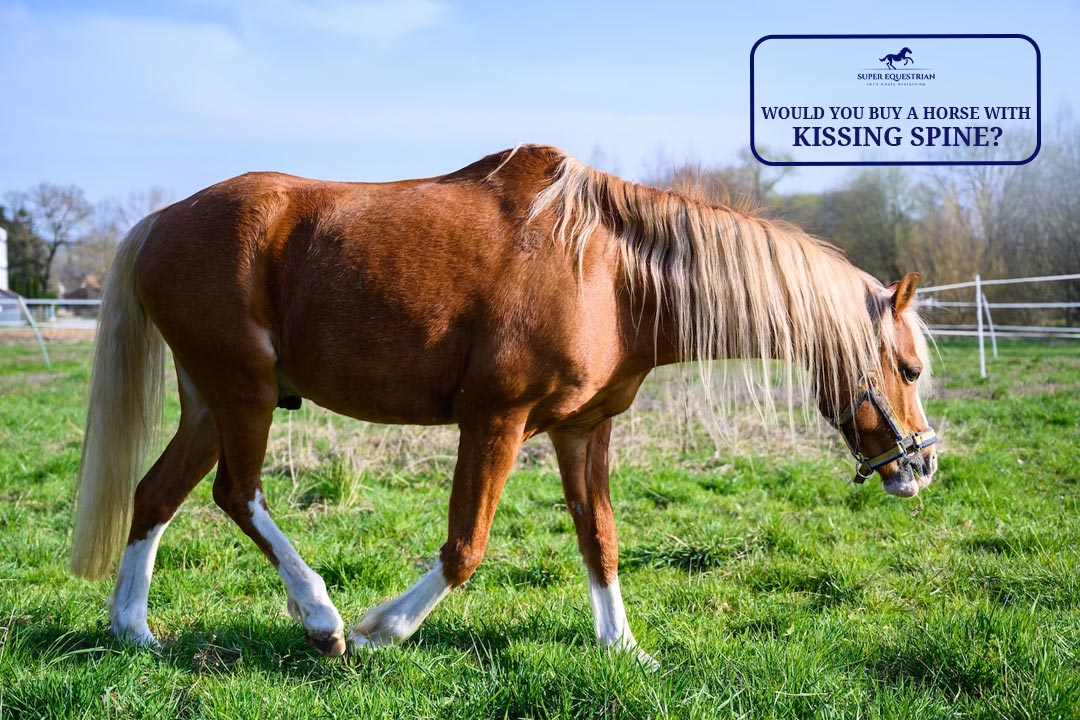
Would You Buy a Horse ...
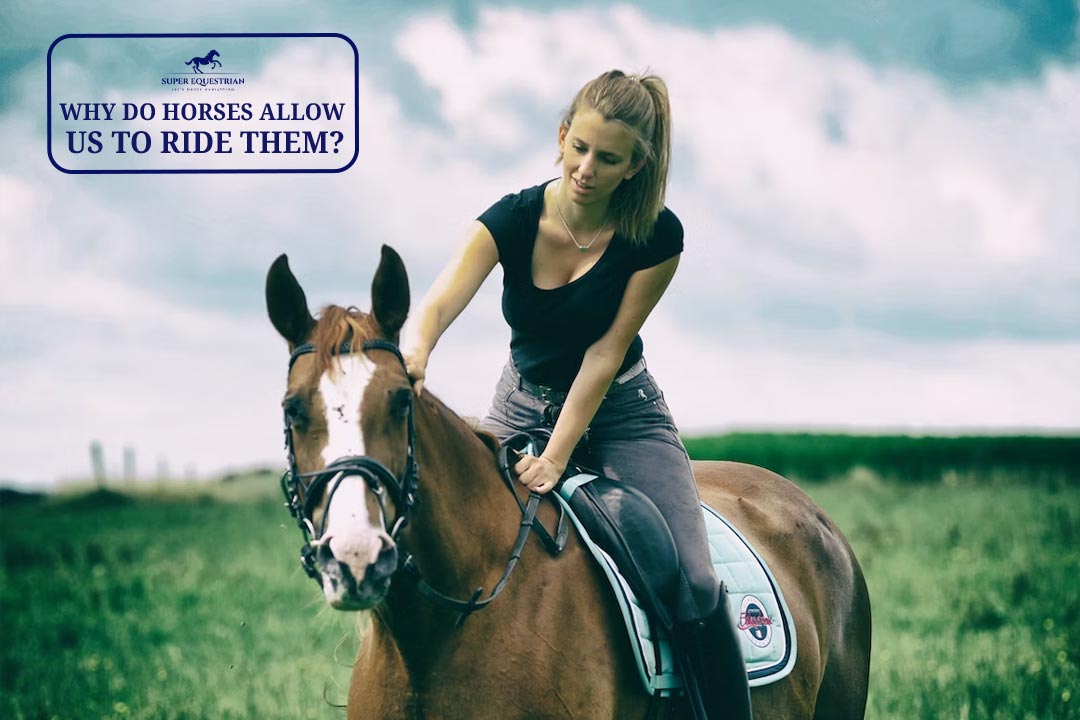
Why Do Horses Allow Us ...
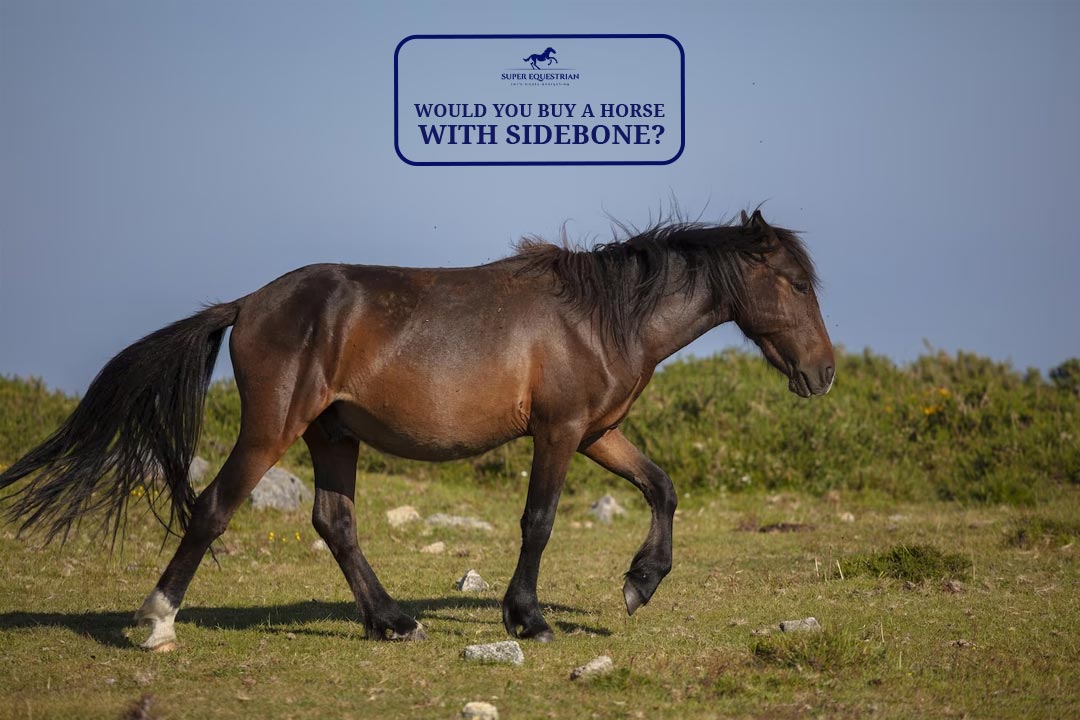
Would you buy a horse ...

Why Are Klapper Bits So ...
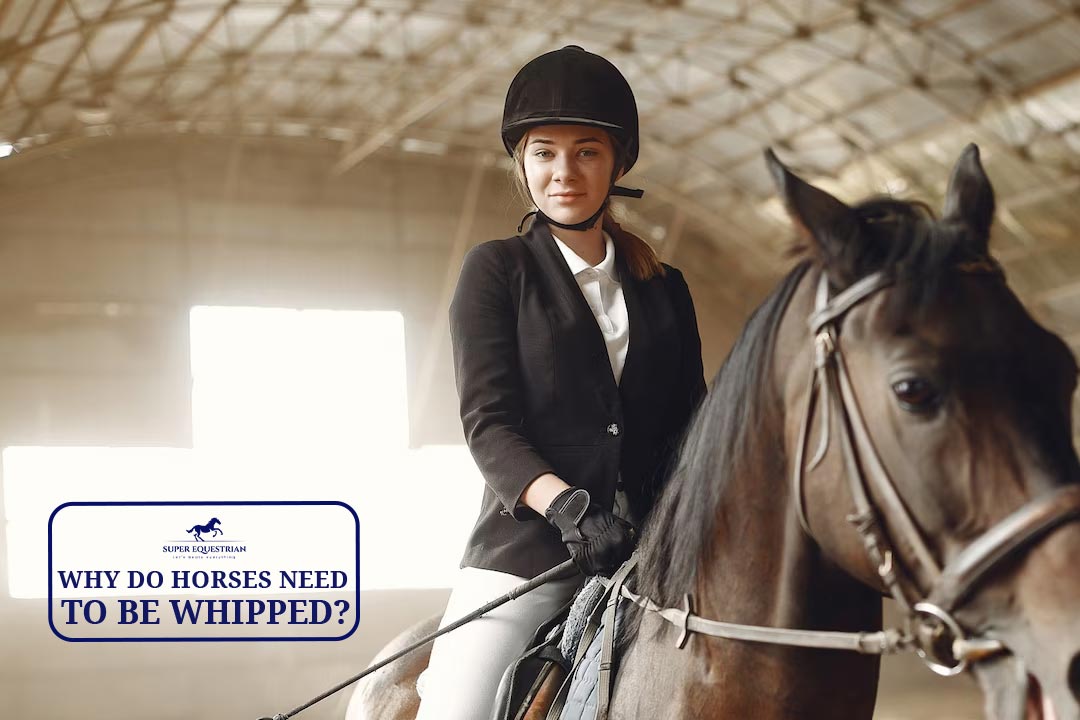
Why do horses need to ...

Why do you mount a ...
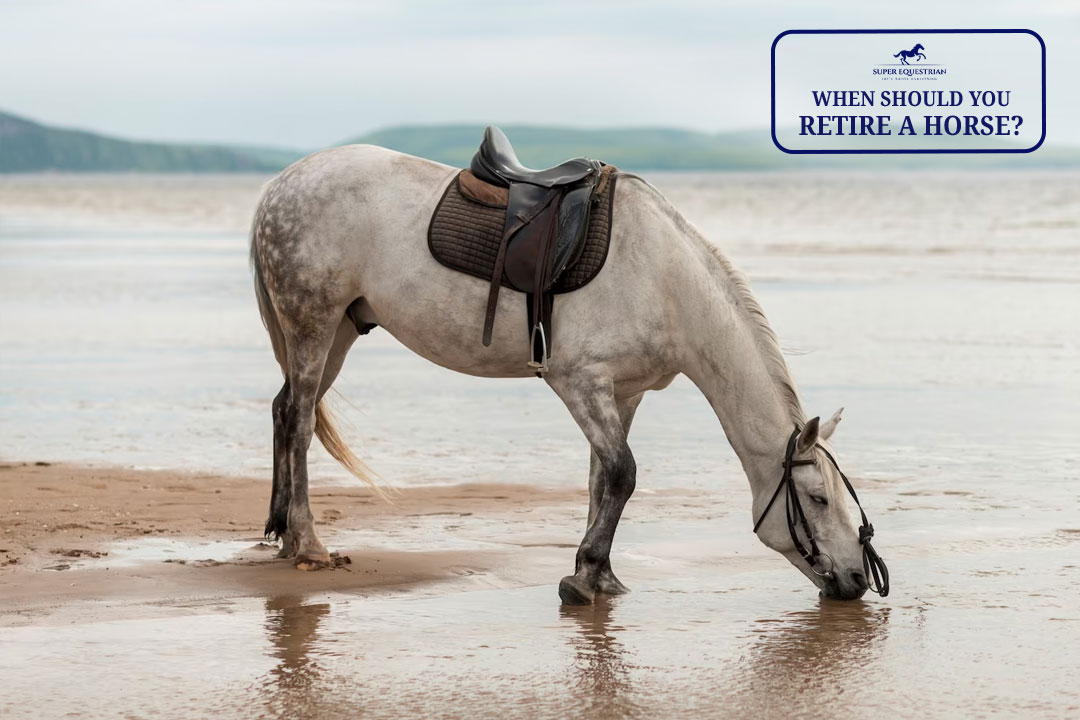
When Should You Retire A ...
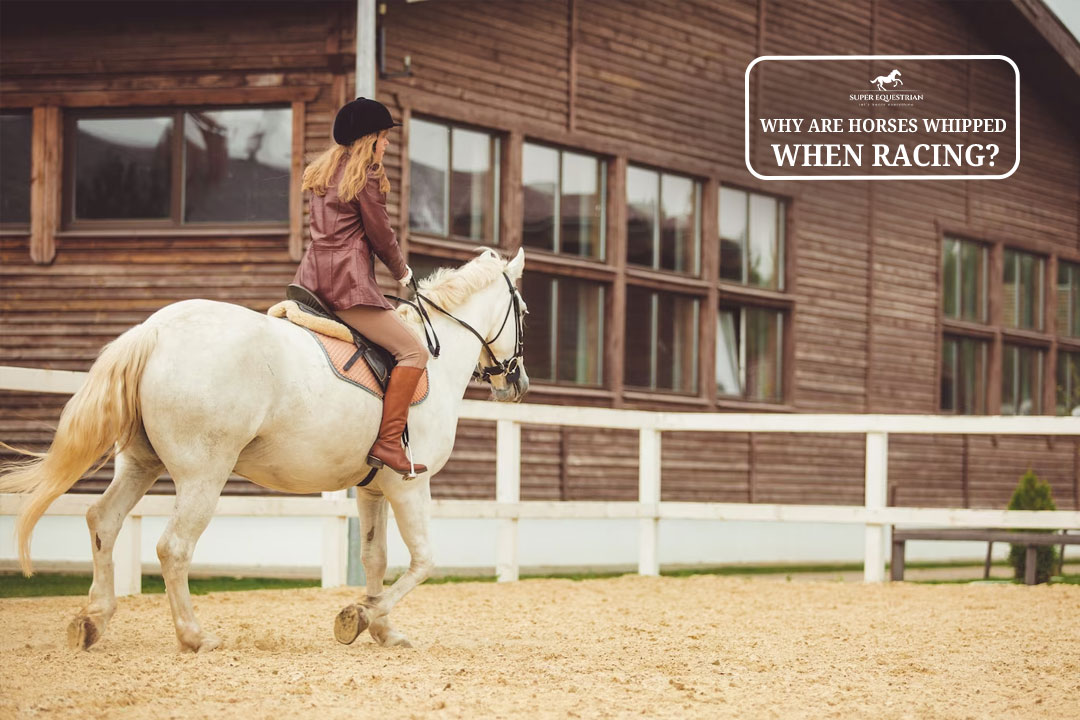
Why Are Horses Whipped When ...
.jpg)
Why Do Horses Have A ...
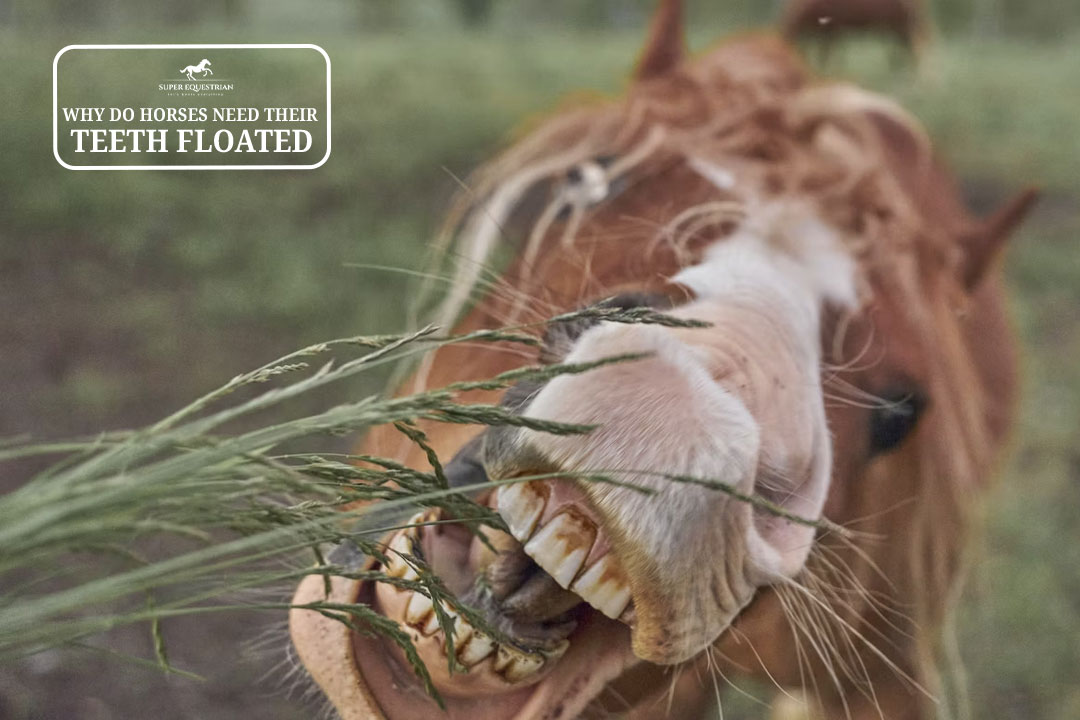
Why Do Horses Need Their ...

What To Do If Horse ...

What To Do If A ...
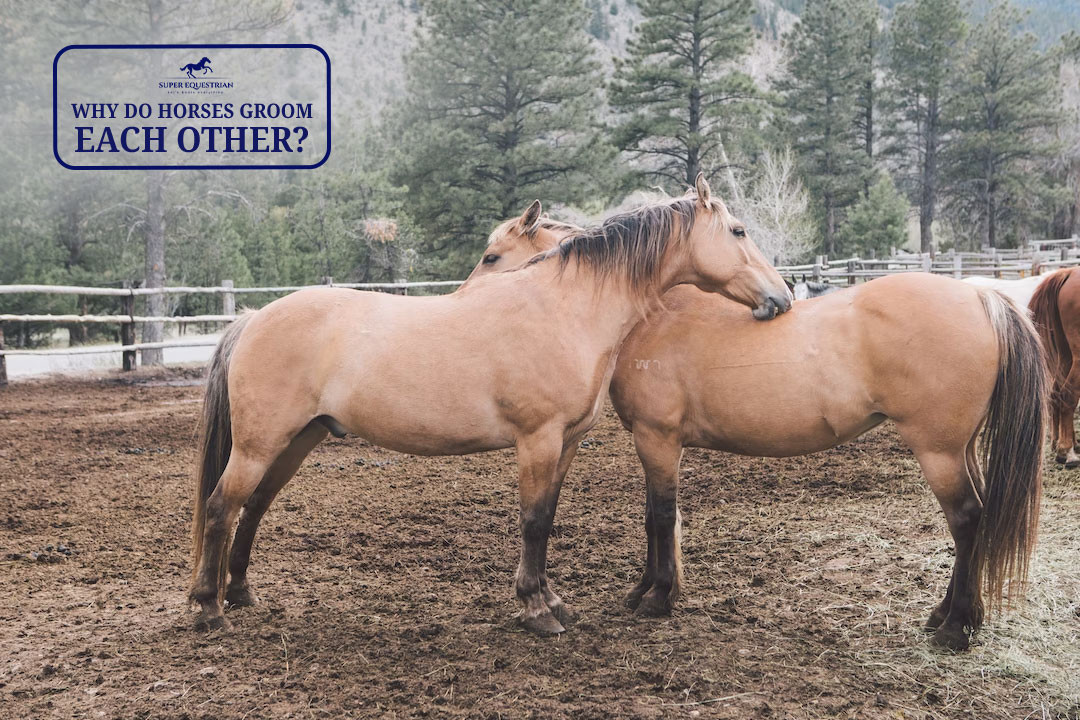
Why do horses groom each ...
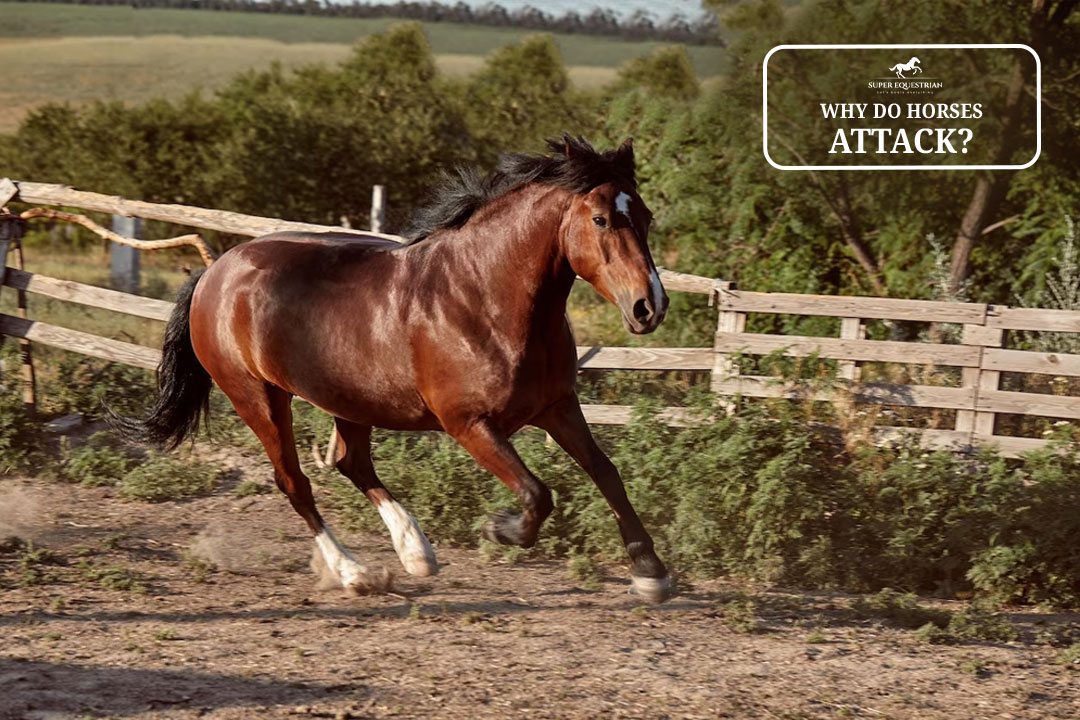
Why do horses attack...

Should I Use a Martingale ...

How to fit bell boots ...
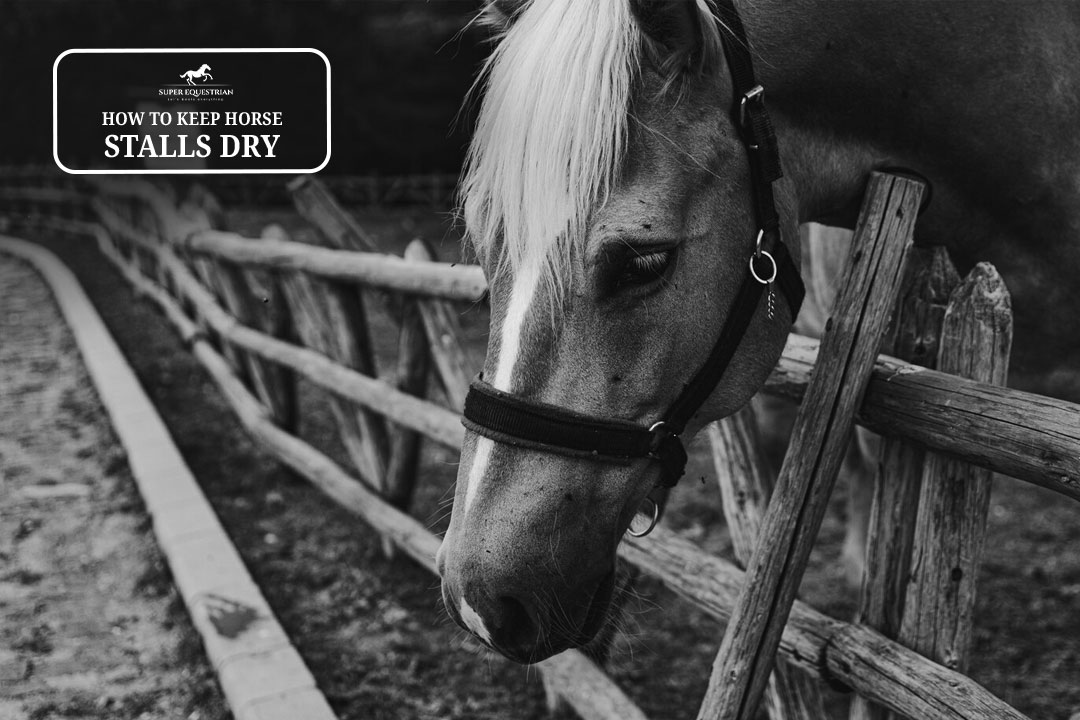
How To Keep Horse Stalls ...
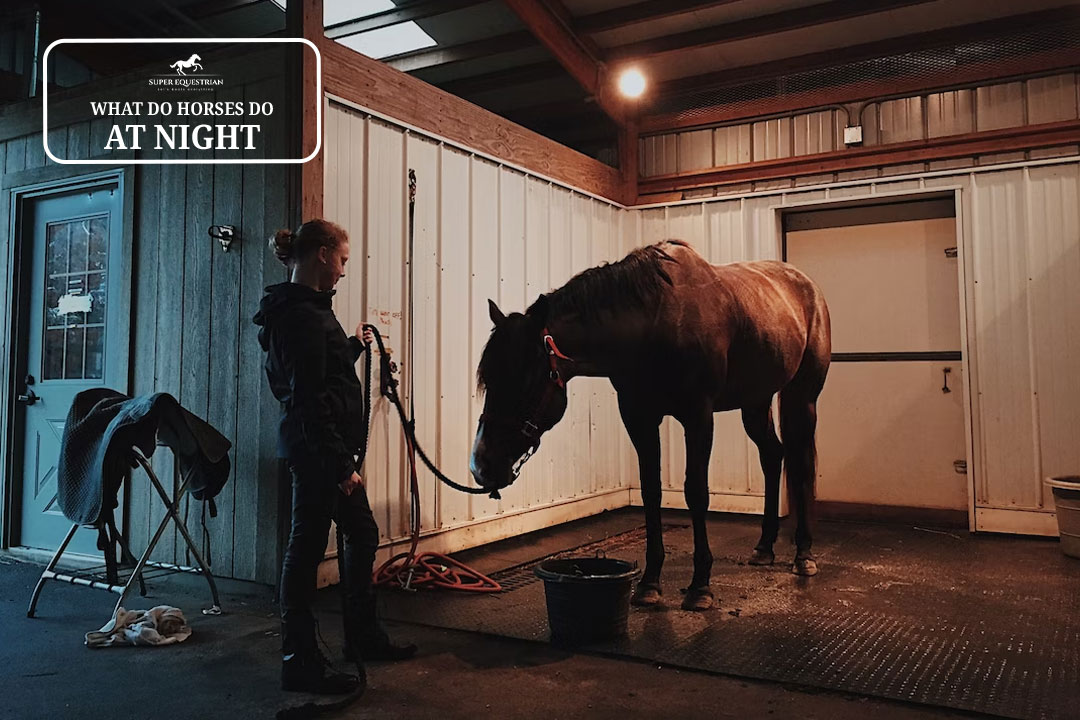
What Do Horses Do At ...
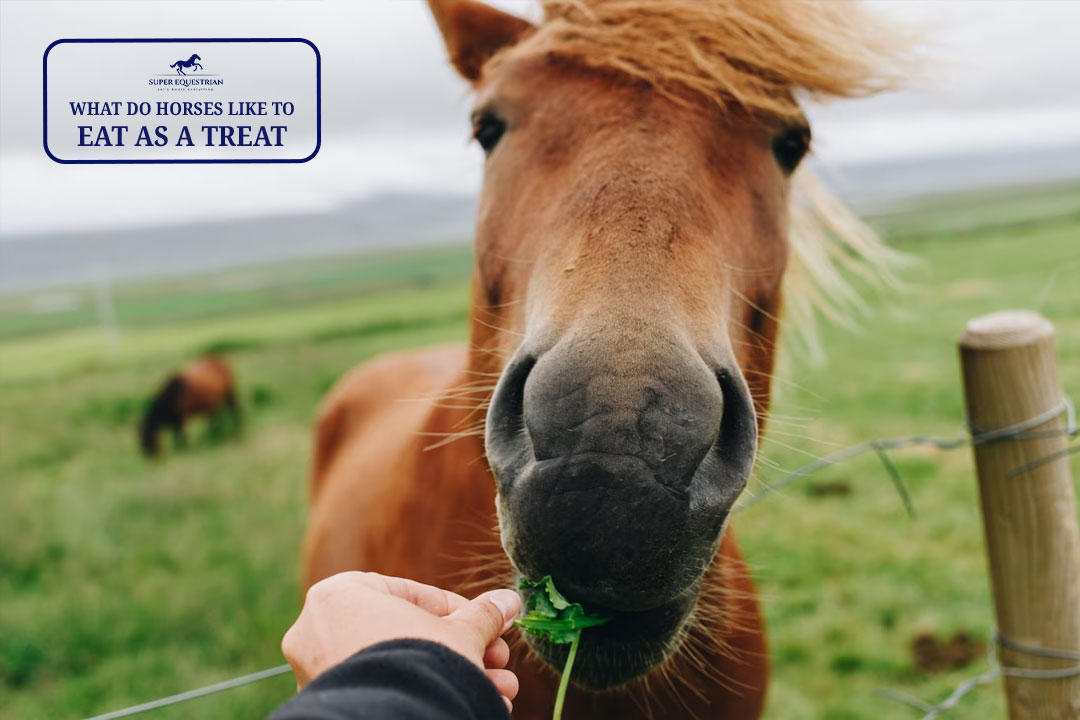
What do horses like to ...

Why do wild horses get ...
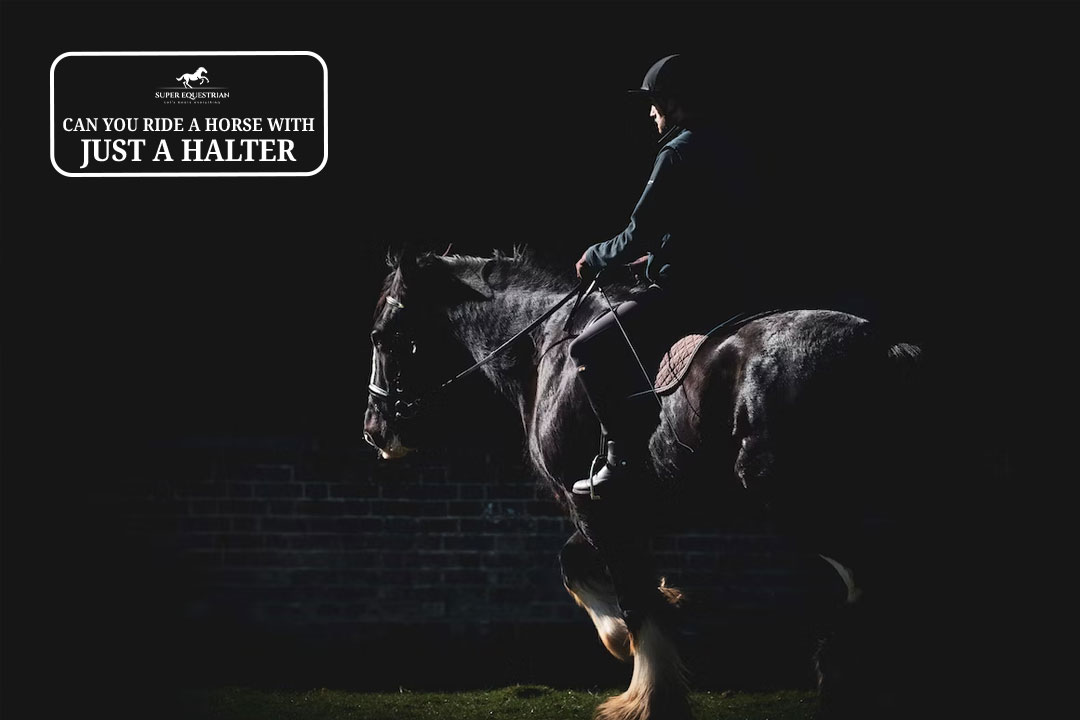
Can you ride a horse ...
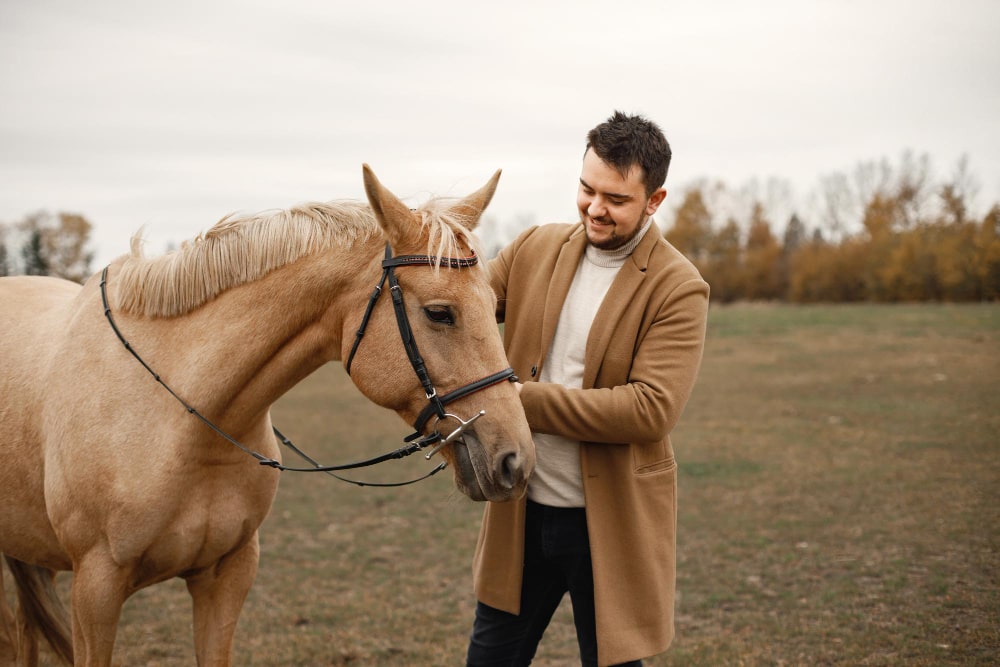
Are horses protective of their ...
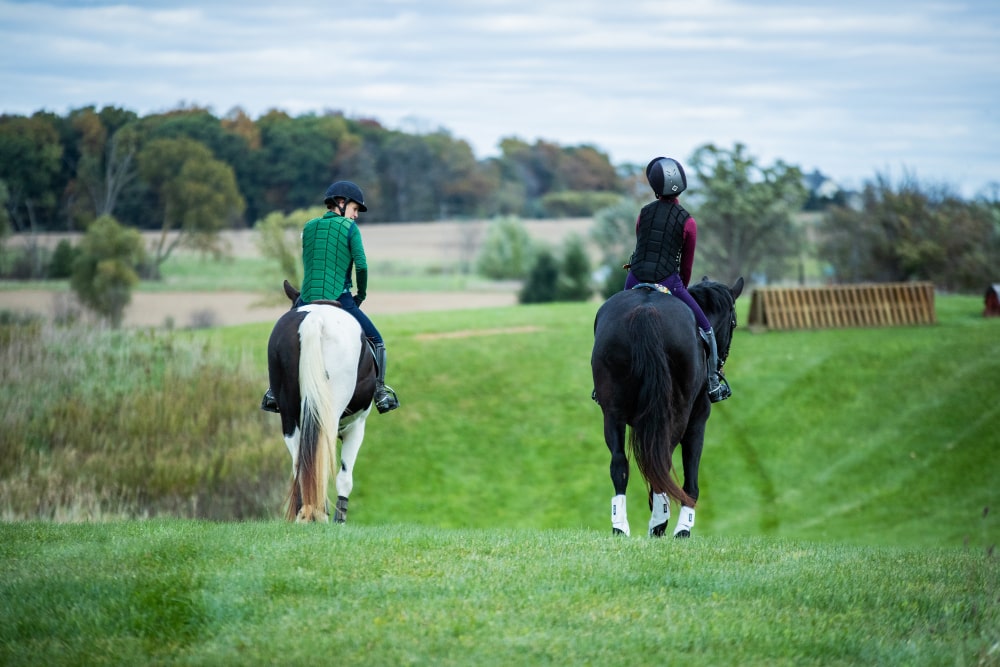
Why racking horses are popular ...
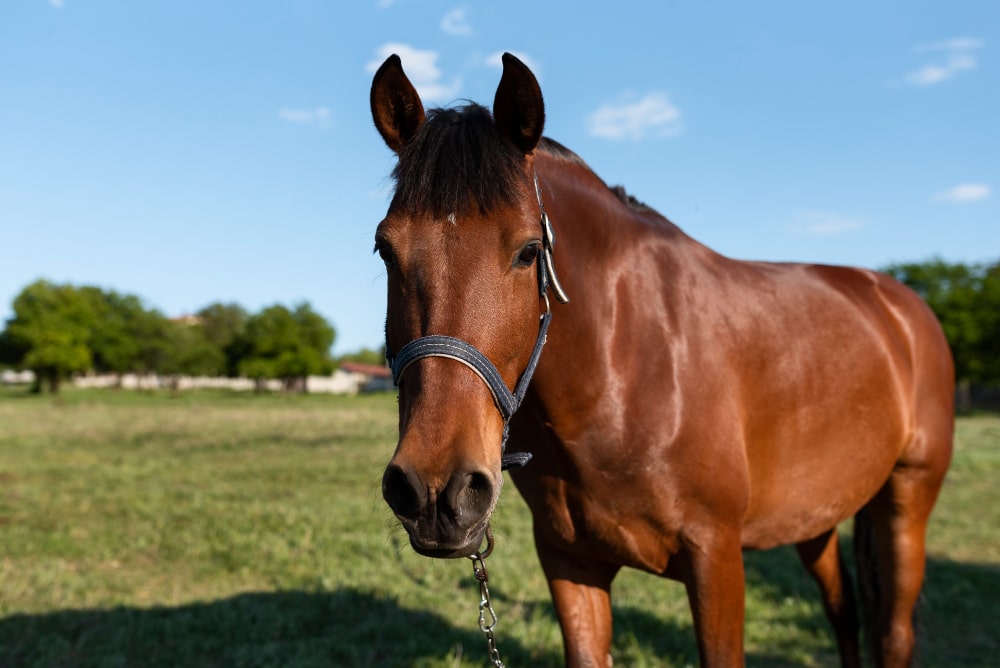
How To Keep Horses Off ...
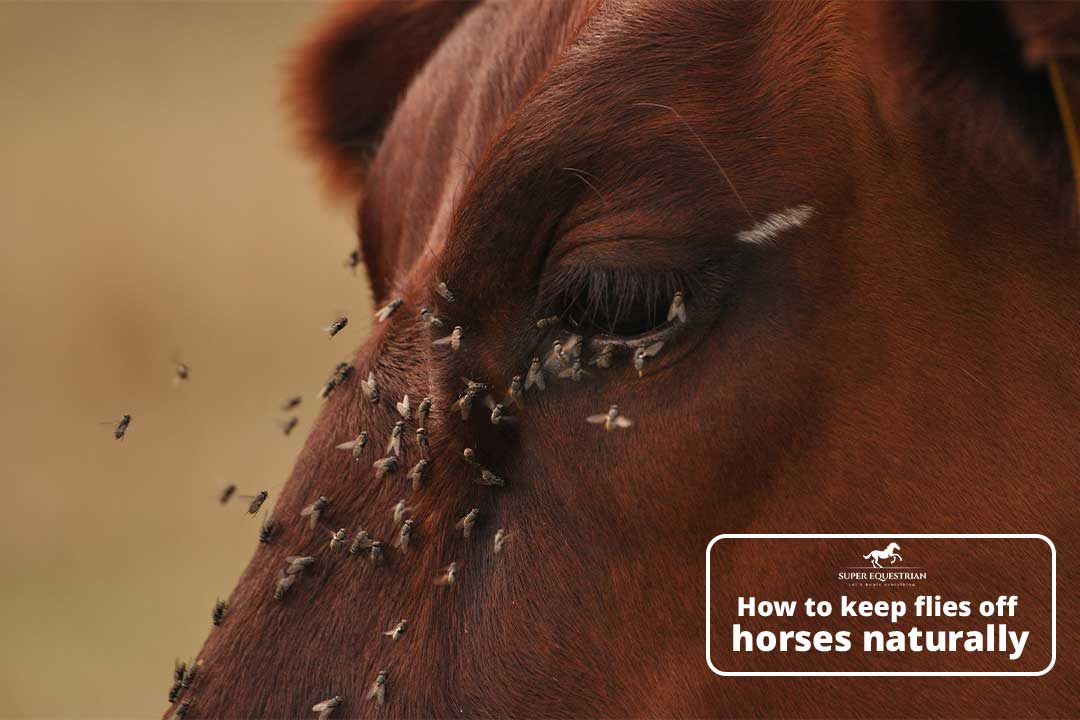
How to Keep Flies Off ...
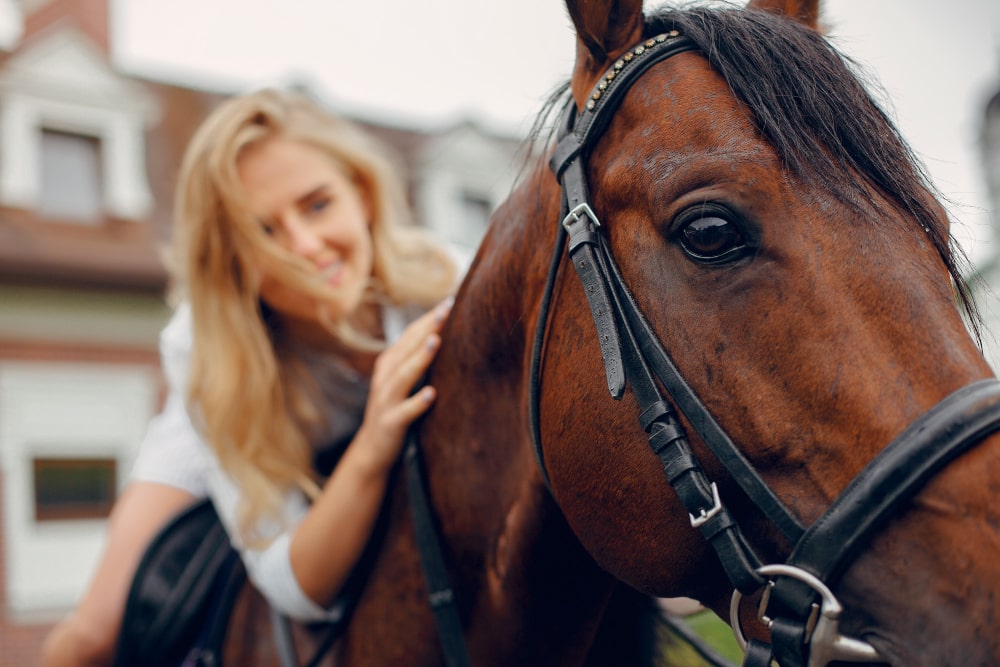
Pros and Cons Using A ...
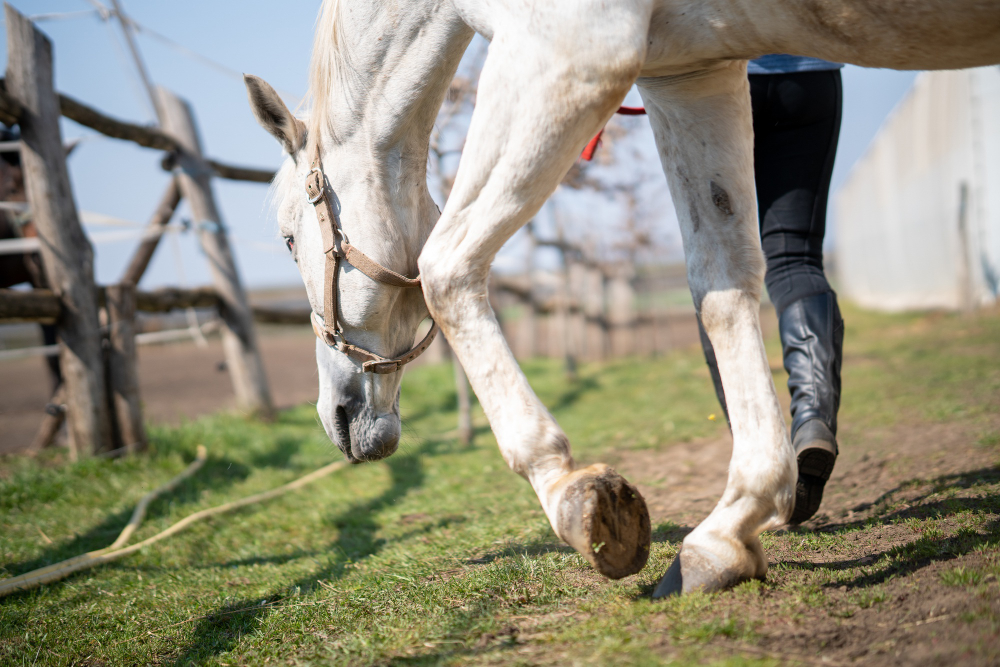
Can you ride a horse ...

Why are Corriente saddles so ...
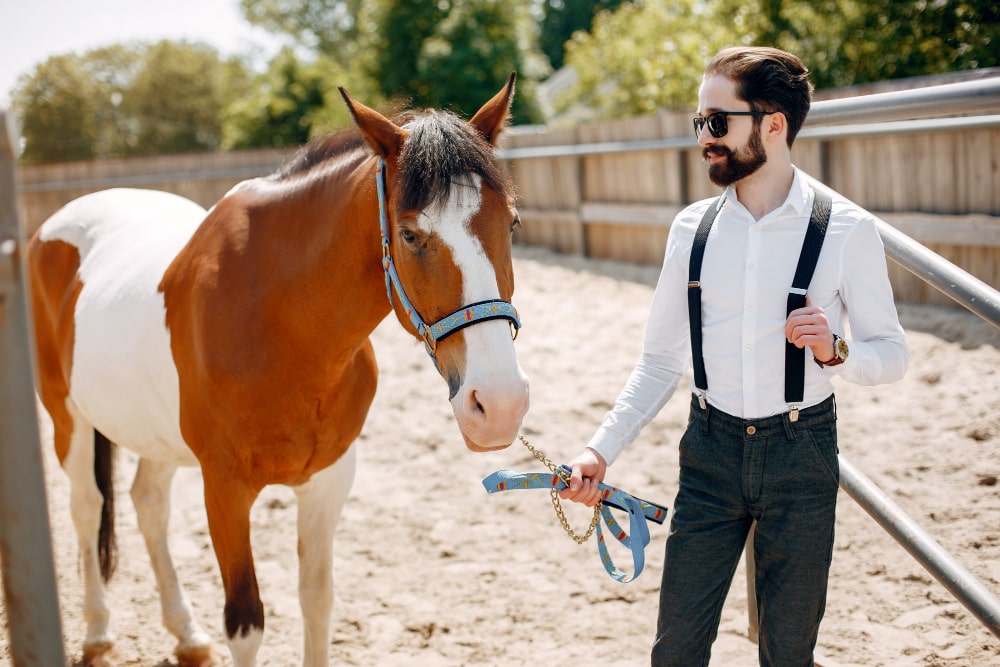
Pros and cons of equine ...
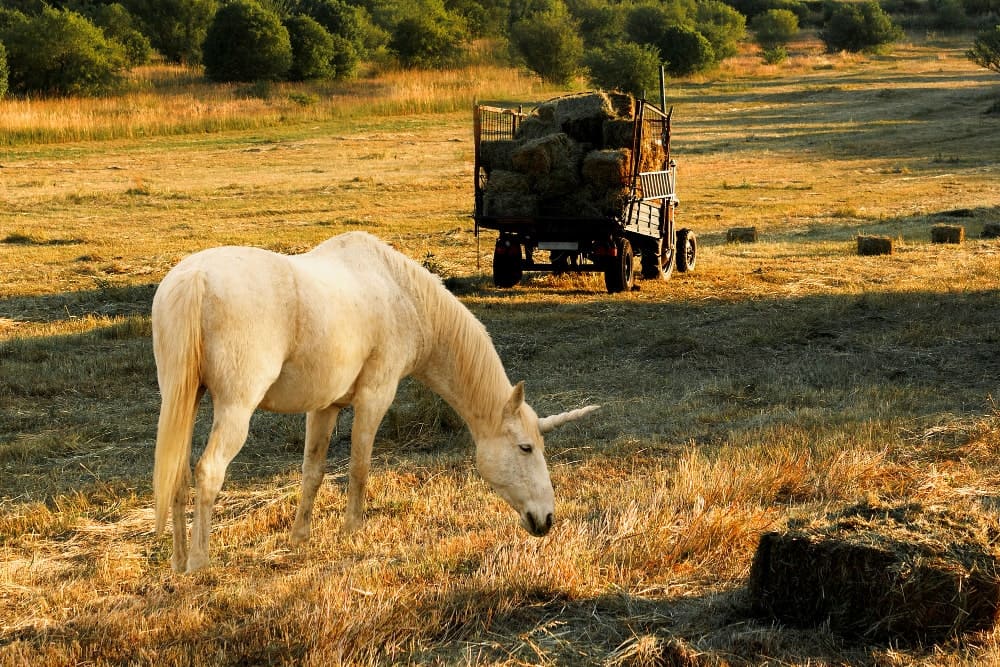
How Long After Mowing Can ...

How to Care for a ...
.jpg)
Why Do Horses Wear Blinders: ...
.jpg)
How to fit an exercise ...

Why is my horse bucking ...
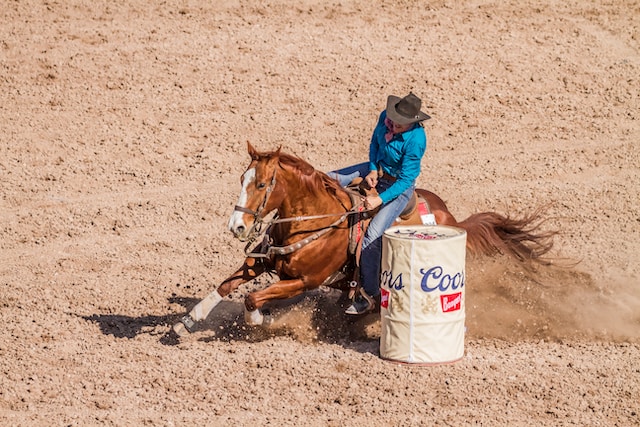
What causes a horse to ...
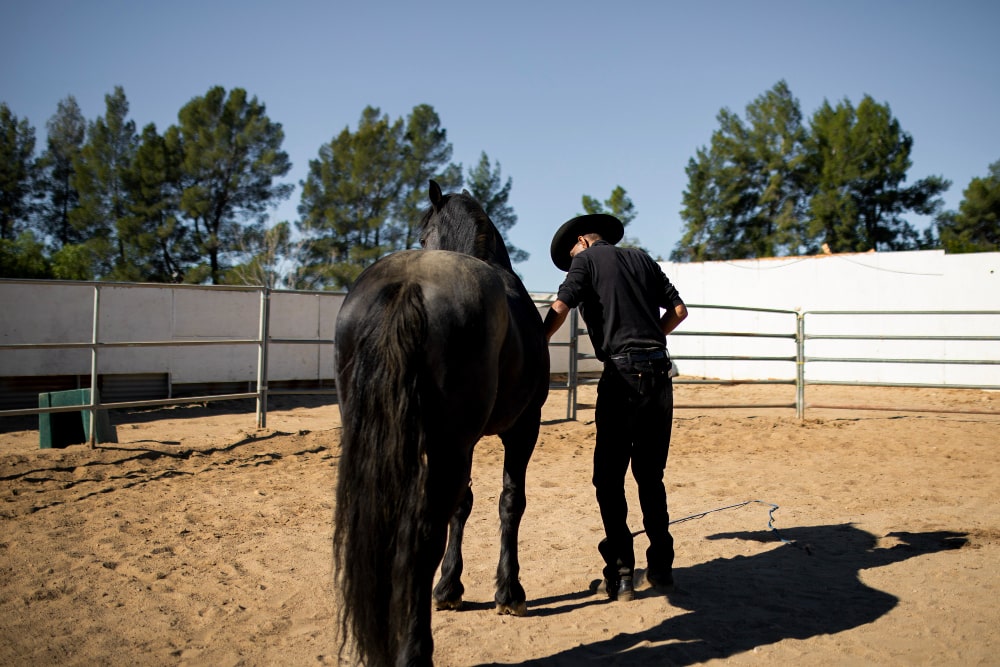
How to Stop a Horse ...
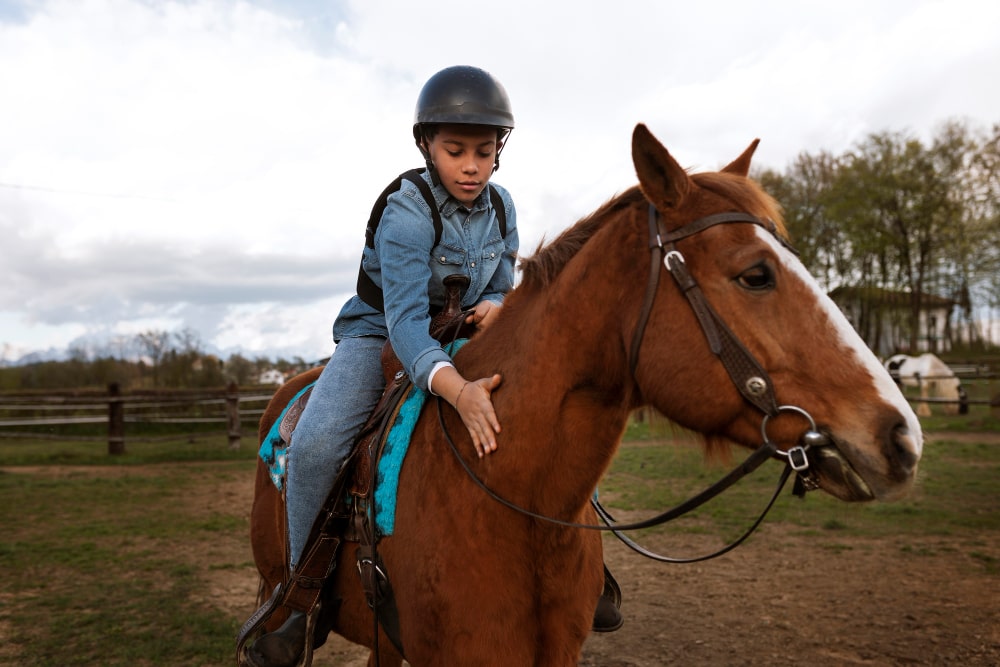
Why Is My Horse Bunny ...

How To Improve Pasture For ...
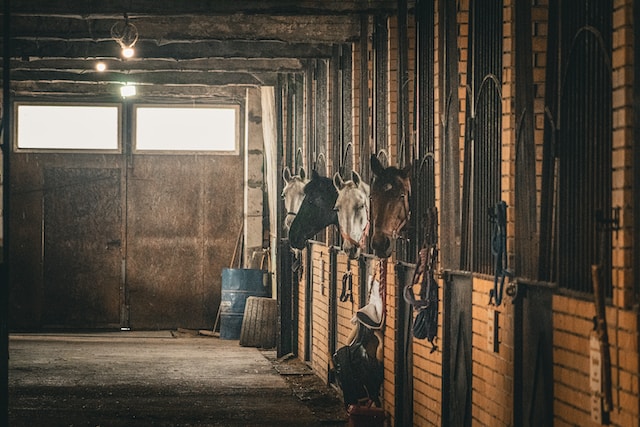
How to get the smell ...

Can you add ramp to ...

What Is The Temperament Of ...
.jpg)
Why Is Friesian Horse Hair ...
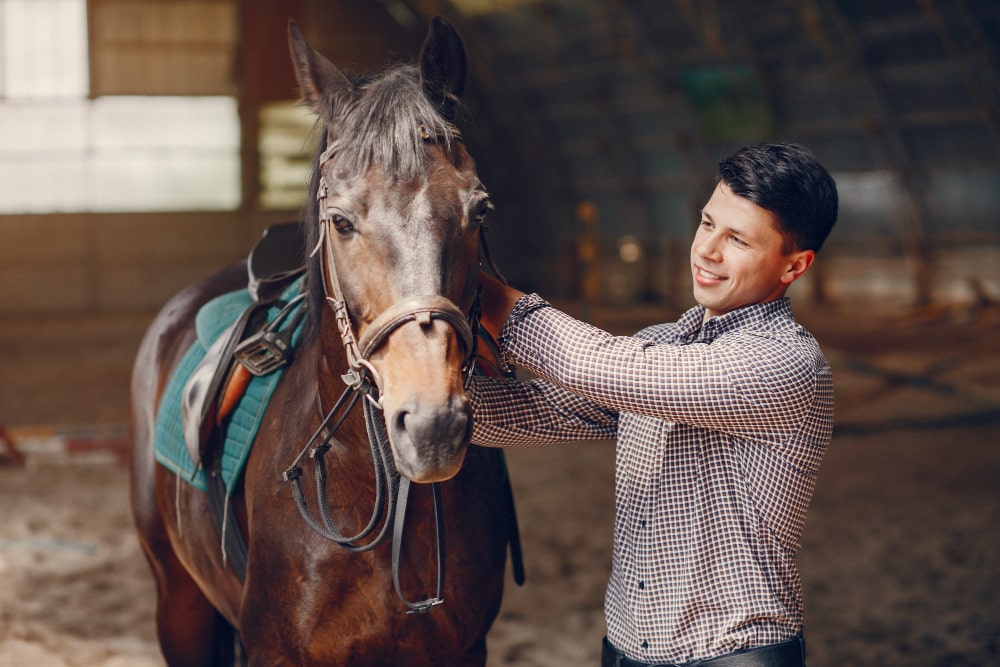
Why is my horse testing ...
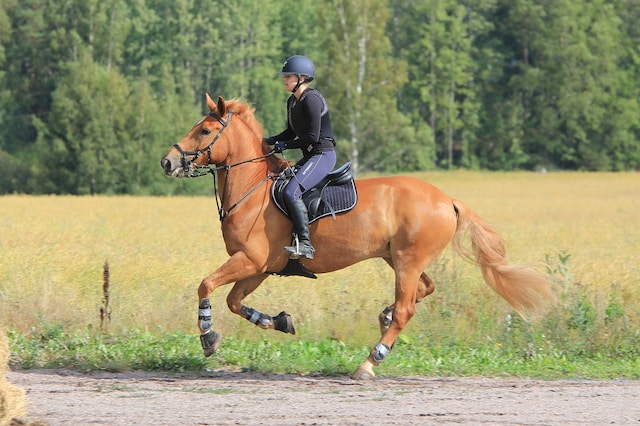
How often you should take ...
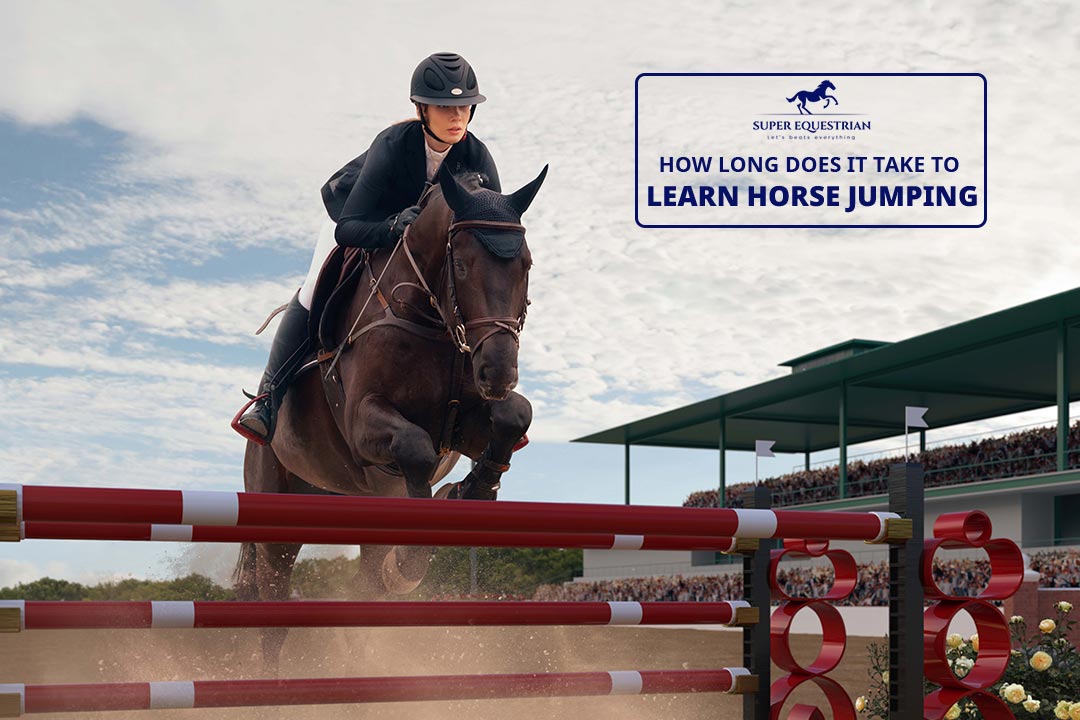
How long does it take ...
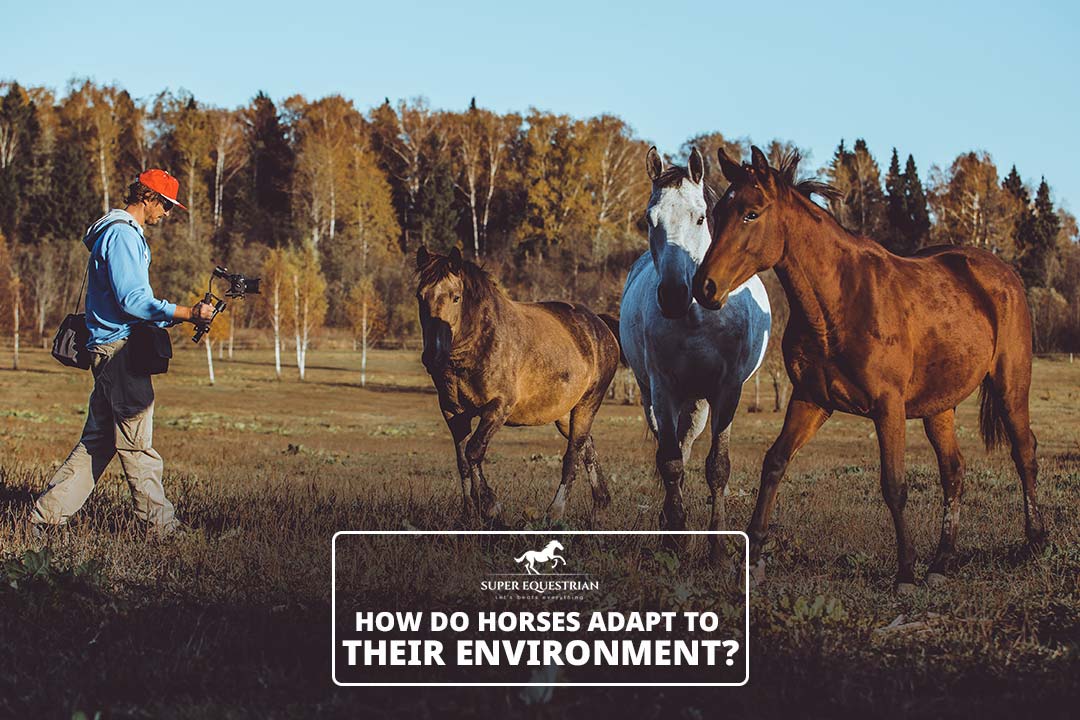
How do horses adapt to ...

How To Prepare For A ...
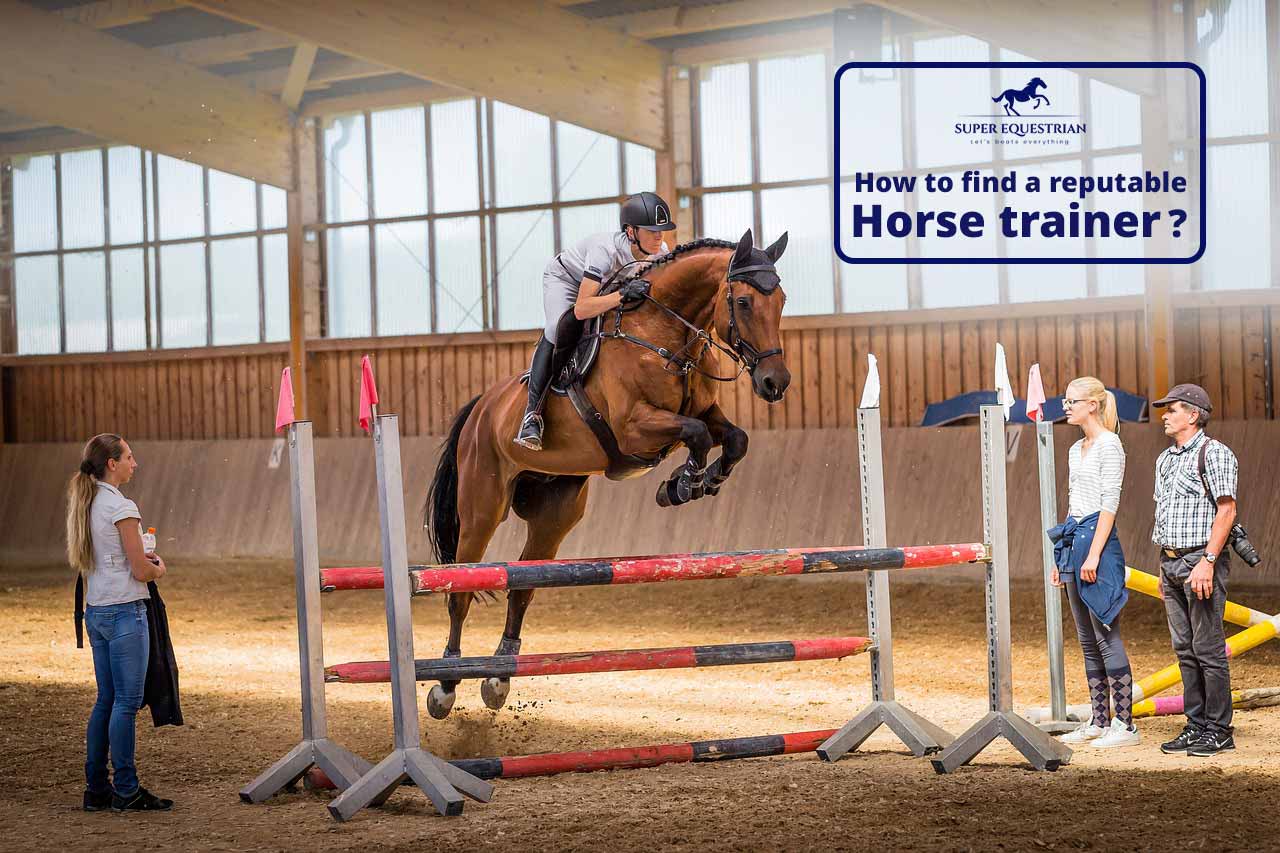
How To Find A Reputable ...
.jpg)
Do Horses Get Medals at ...

How to create a horse-...